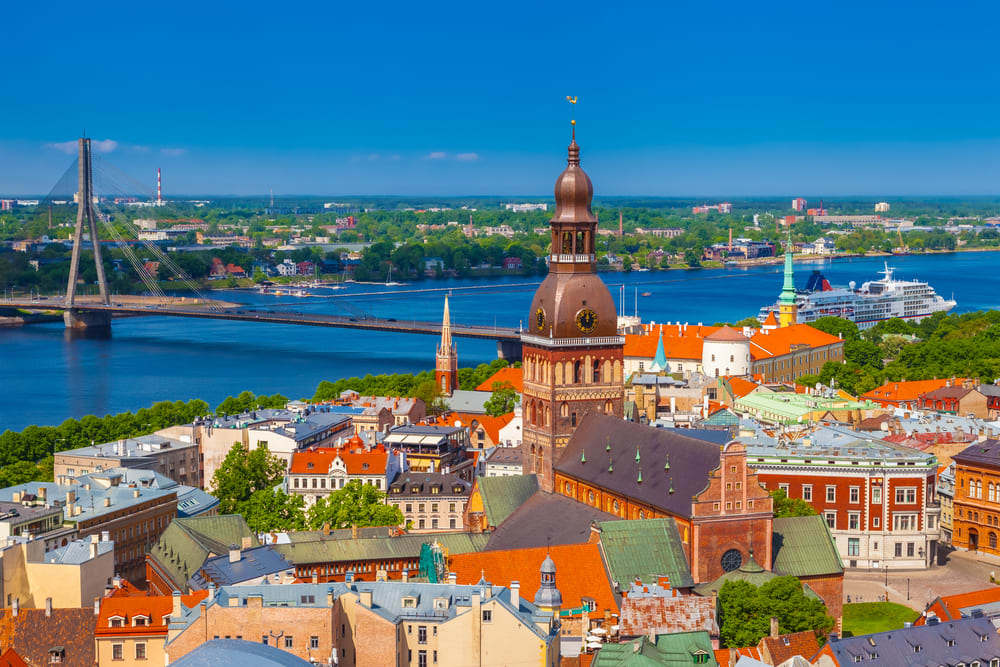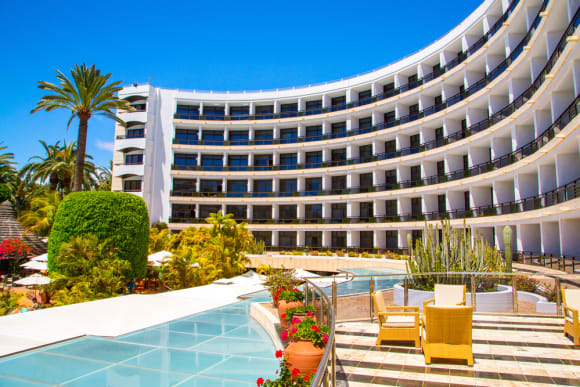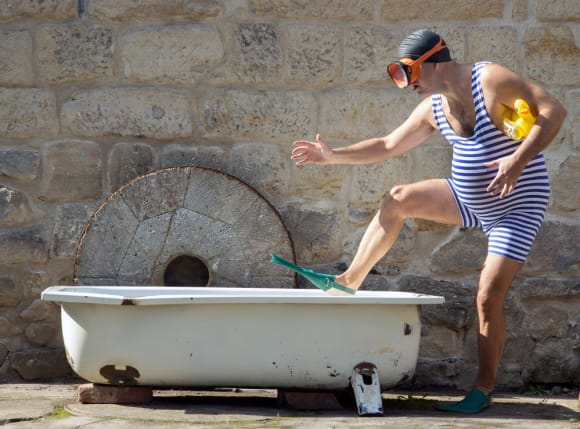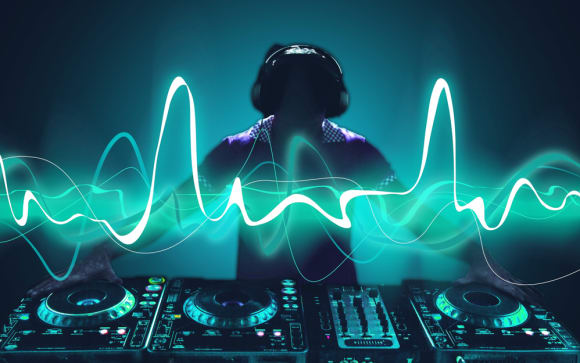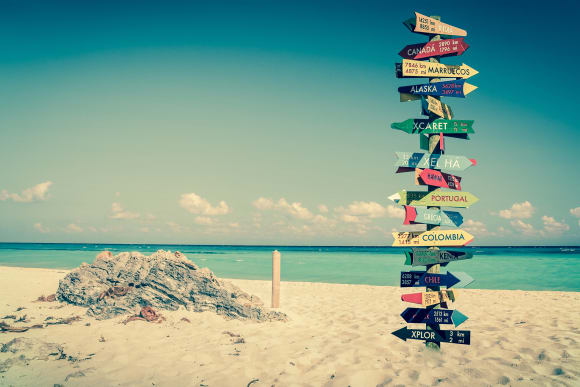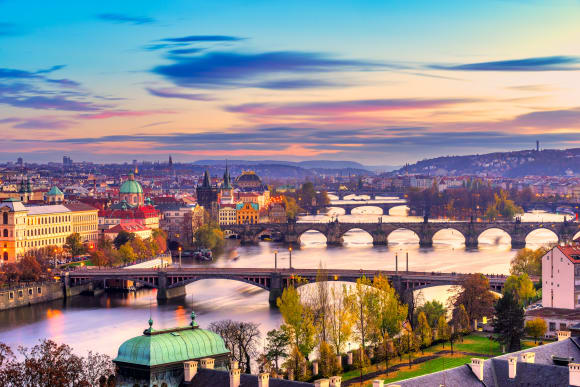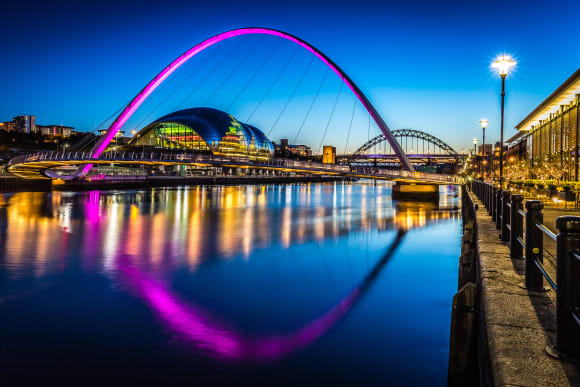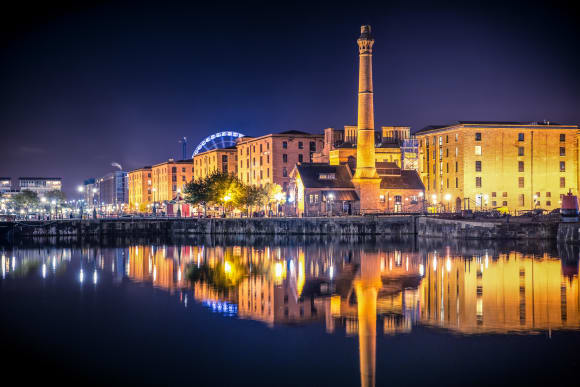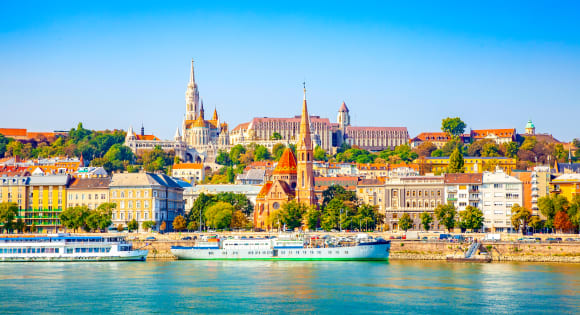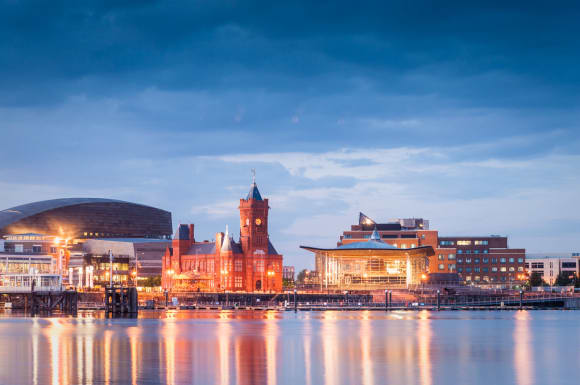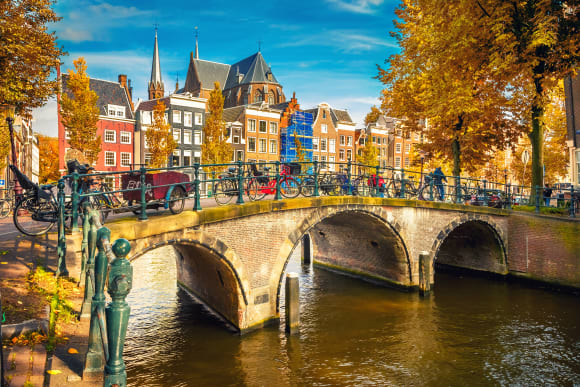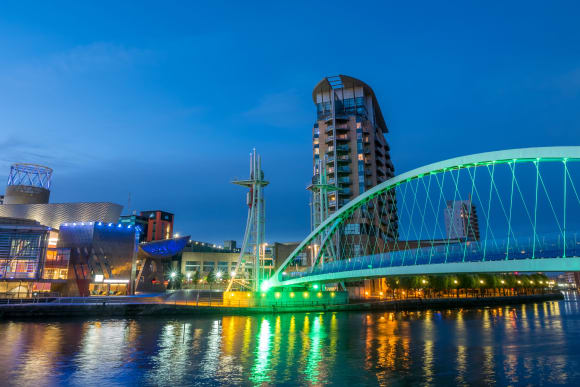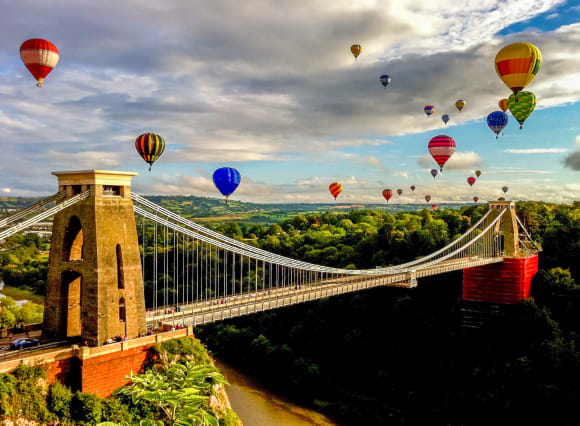Riga, the vibrant capital of Latvia, is a top choice for a memorable stag do. The city is renowned for its picturesque Old Town, thriving nightlife, and a wide array of activities tailored for the ultimate celebration. With adventure sports such as quad biking and paintball, to more relaxed pursuits such as beer tasting or spa visits, there are options to suit all tastes. Not to mention, Riga's hospitality scene is top-notch with a variety of restaurants, bars, and clubs offering an unforgettable experience at affordable prices.
Alternatively - If you want to check out all the bread and butter Riga stag do activities and nightlife - click here.
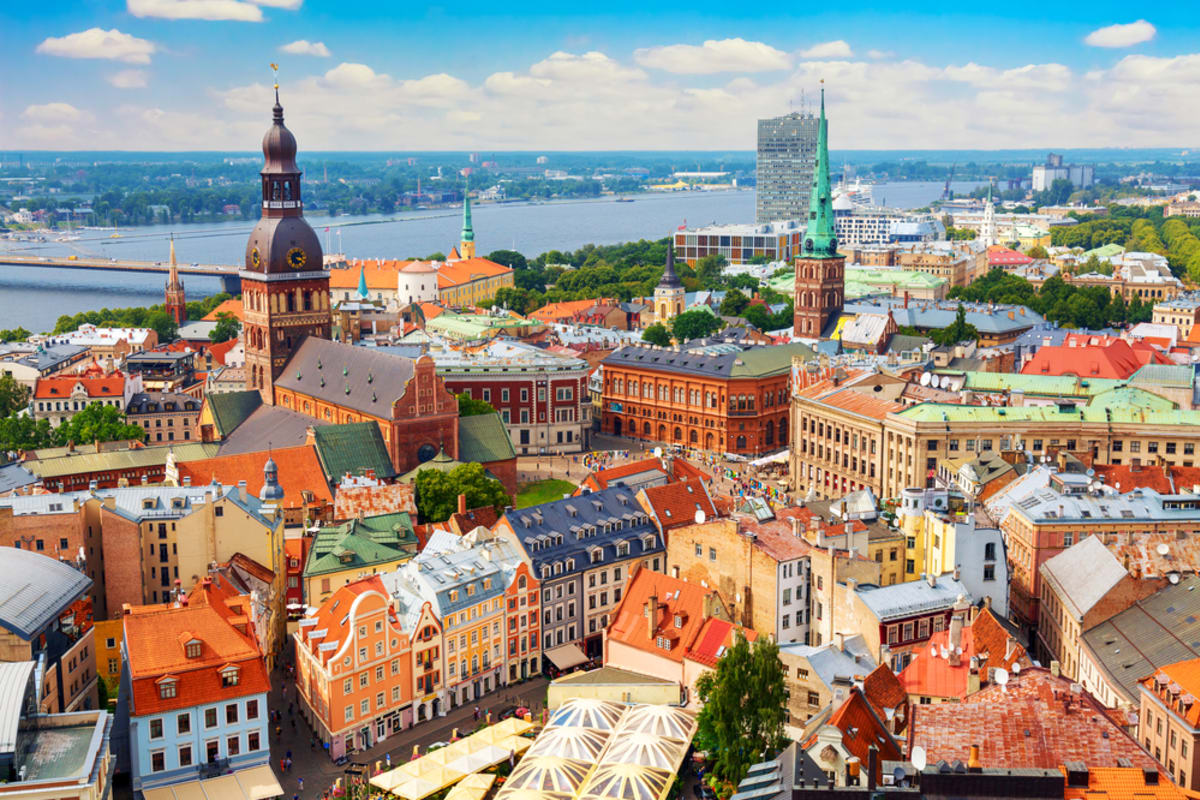
Old City Riga
This historic heart of Riga, with its cobblestone lanes and beautifully preserved buildings, is a UNESCO World Heritage Site. It houses an impressive collection of architectural styles, from medieval structures to Art Nouveau masterpieces. Notable landmarks include the Riga Dome Cathedral, St. Peter's Church, and the House of the Blackheads. This vibrant area is also dotted with quaint cafes, traditional restaurants, and bustling markets, imbuing it with a captivating charm that never fails to enthrall visitors.
Website
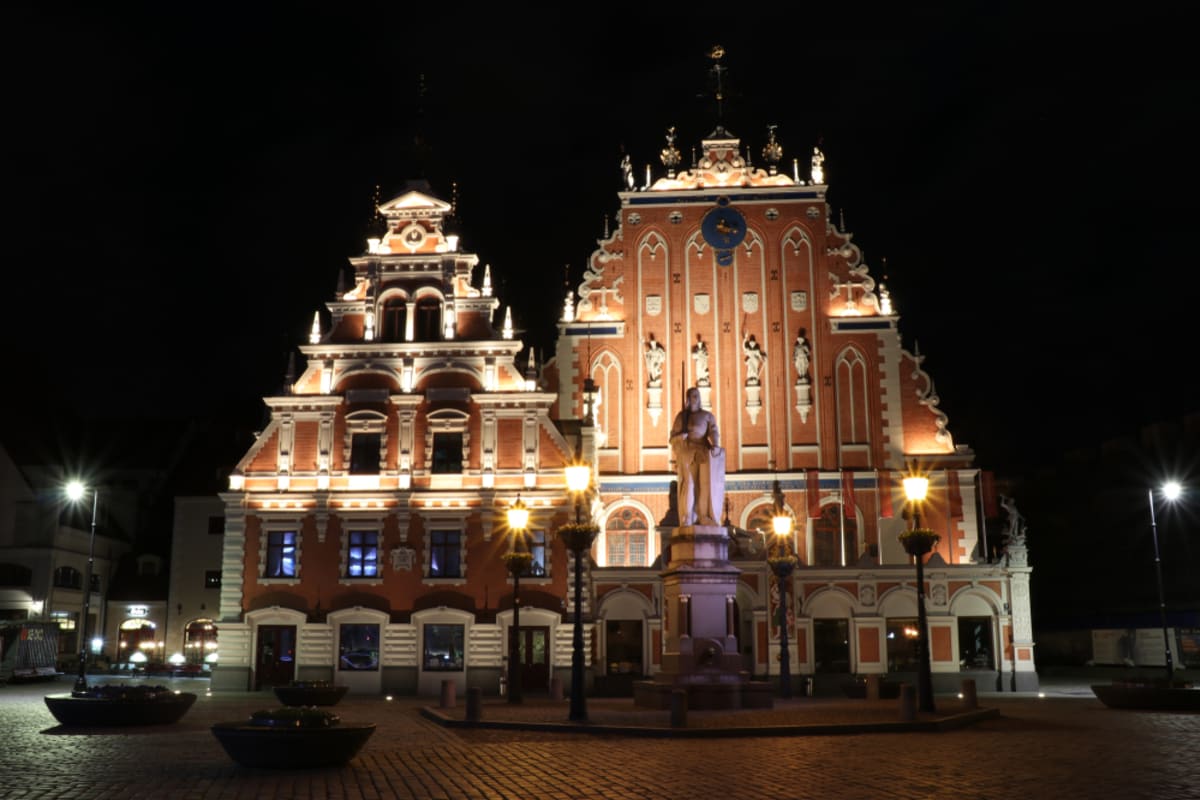
House Of The Black Heads
The House of the Blackheads is one of the most iconic structures in Riga's Old City. Originally built in the 14th century for the Brotherhood of Blackheads, a guild for unmarried merchants, shipowners, and foreigners, it is renowned for its stunning façade. The building suffered significant damage during World War II and was subsequently demolished by the Soviets. However, it was meticulously reconstructed in the late 20th century, reinstating the breathtaking architectural marvel that the original building was. Today, it stands as a symbol of the city's resilience and its deep-rooted historical significance.
Website
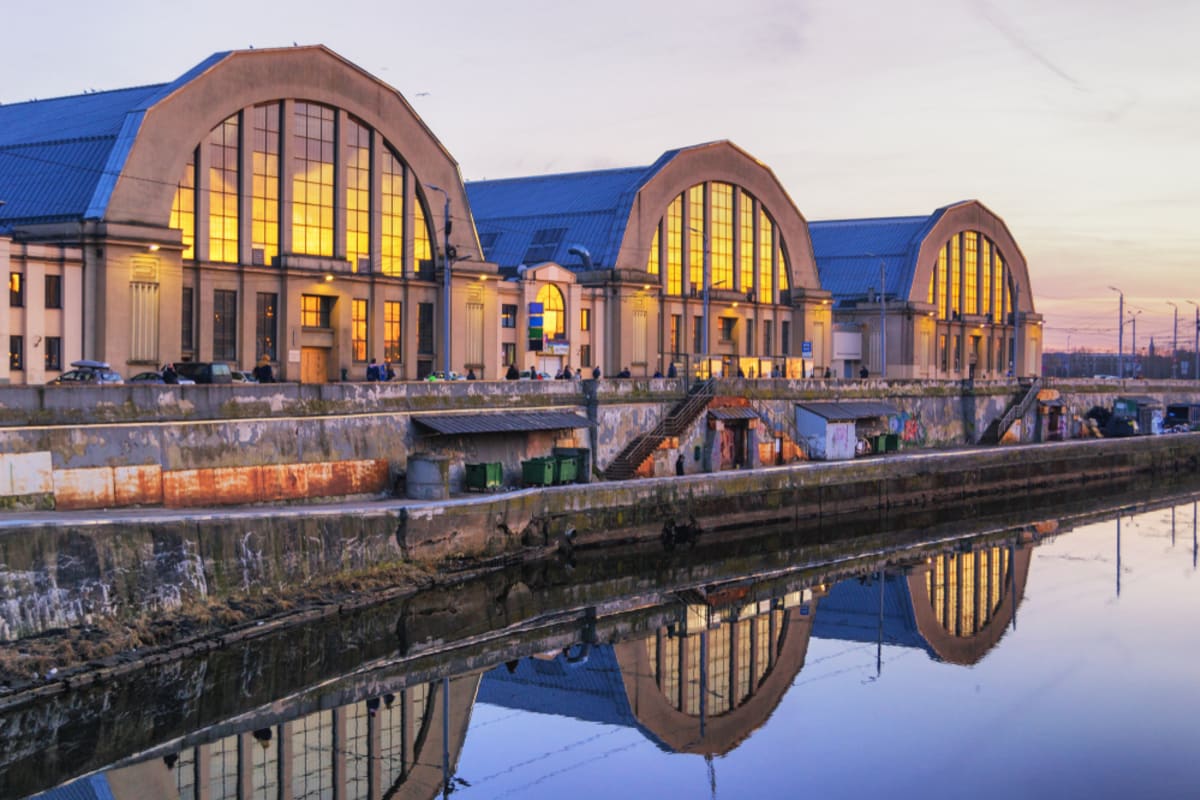
Central Market
Just a short walk from the Old City, you'll find the Riga Central Market - one of Europe's largest covered markets. Housed in five massive former Zeppelin hangars, the market bustles with life as locals and tourists alike delve into the culinary treasures Latvia has to offer. From fresh produce, meat, and dairy products, to a wide variety of local delicacies and international cuisine, the market is a gastronomic haven. The Riga Central Market isn't just a place to shop; it's an experience that offers a fascinating insight into the city's culture and daily life.
Website
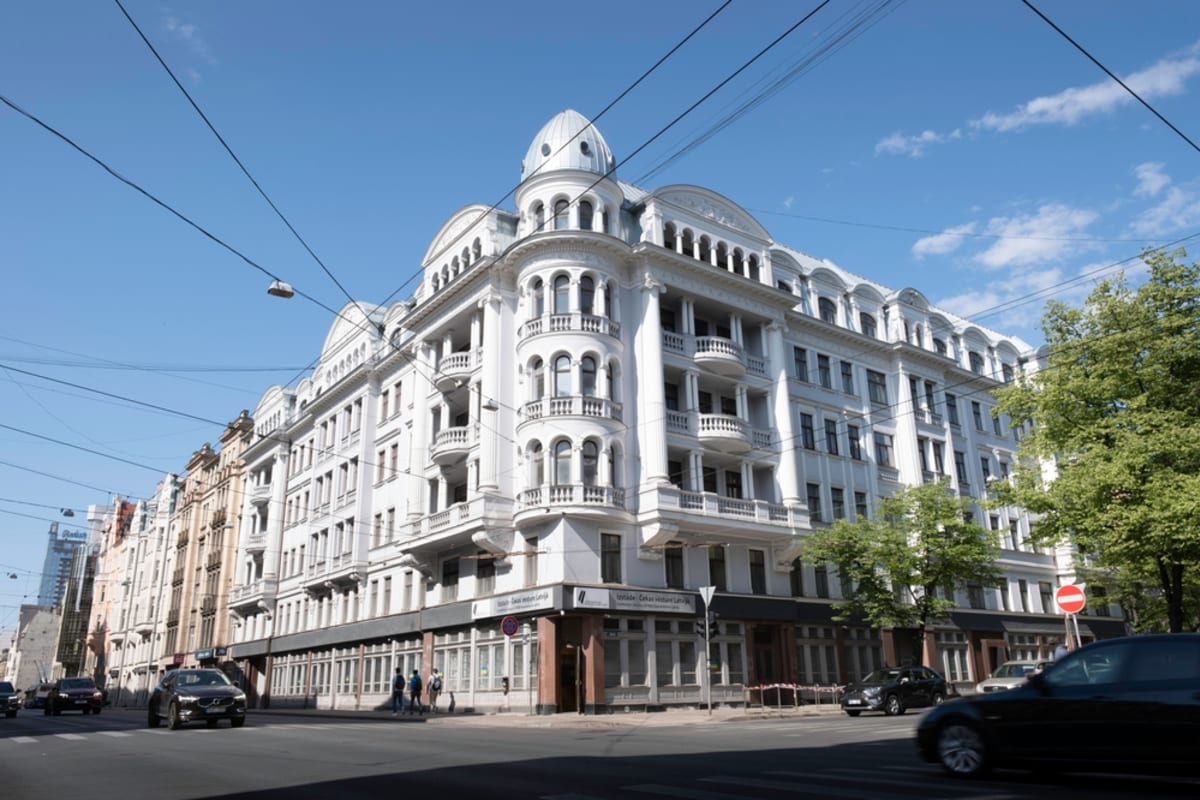
KGB Building
The Corner House, or the KGB Building as it is commonly known, is a chilling testament to Riga's Soviet past. The building served as the headquarters of the KGB in Latvia, and its ominous presence is a stark reminder of the ruthless political repression that took place here. The building's austere exterior hides a labyrinth of interrogation rooms, prison cells, and administrative offices. Today, it functions as a museum, offering guided tours that provide a harrowing glimpse into the horrors of the Soviet regime. Despite its grim history, the Corner House is a crucial part of Riga's historical narrative, shedding light on a dark chapter that shaped the city's present.
Website

View of Riga from St Peter's Church Tower
The view from the St. Peter's Church tower is nothing short of spectacular, offering a panoramic vista of Riga's Old City and beyond. As you ascend the 123-meter tower, the city unfolds below in a stunning tapestry of architectural styles and eras. The vibrant red roofs of the medieval buildings contrast sharply with the modern glass and steel structures, painting a vivid picture of Riga's evolution through the centuries. From this vantage point, you can spot iconic landmarks such as the House of the Blackheads, the Riga Dome Cathedral, and the sprawling Riga Central Market. On a clear day, the view extends to the Daugava River and the port, with its endless ballet of ships and barges. This bird's eye view of the city is a must-see for every visitor, encapsulating the unique charm and character of Riga.
Website
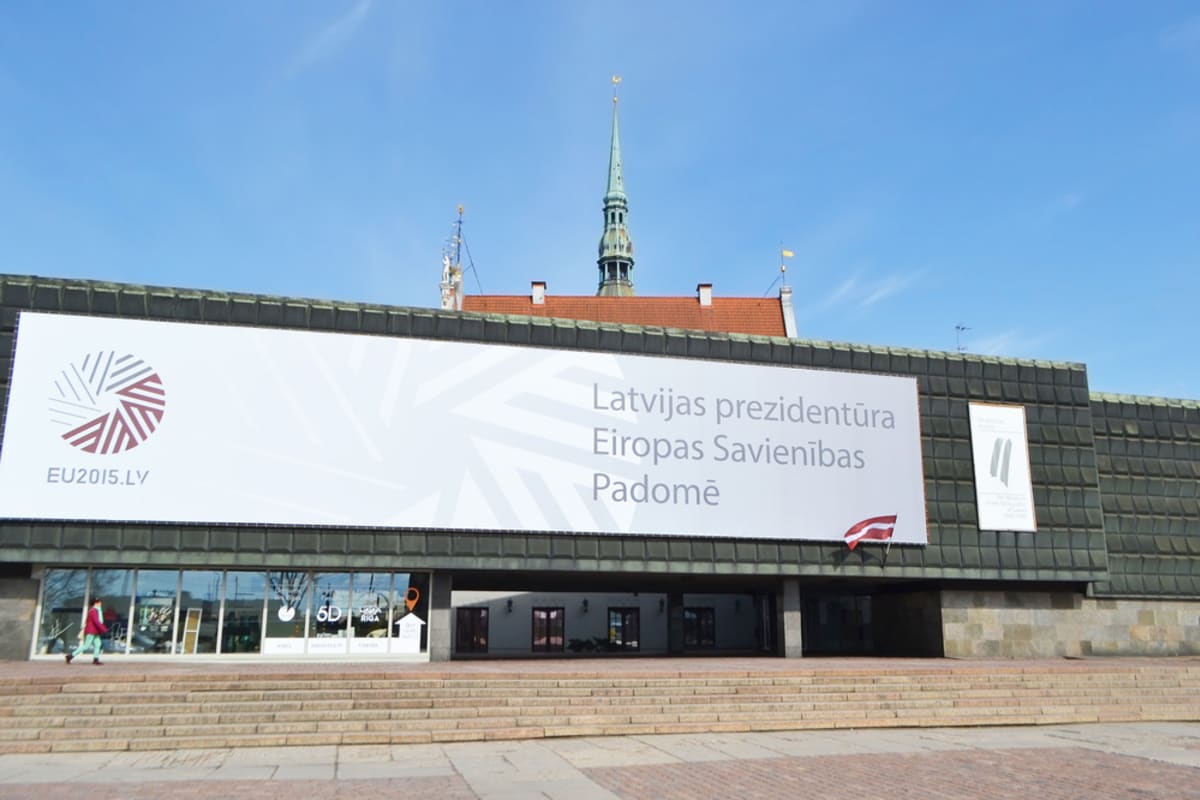
Museum of the Occupation of Latvia
The Museum of the Occupation of Latvia is another poignant destination that offers a comprehensive account of Latvia's history during the 20th century when the country was successively occupied by the Soviets, the Nazis, and then again by the Soviets. Located near the Old City, the museum was established in 1993 and is housed in a symbolic black box, representing the dark period of occupation. It contains a vast number of artifacts, personal accounts, documents, and interactive displays that chronicle the hardships endured by the Latvian people during this period. A visit to this museum is an enlightening and sobering experience, providing an in-depth understanding of the struggles, resistance, and resilience of the Latvian nation.
Website
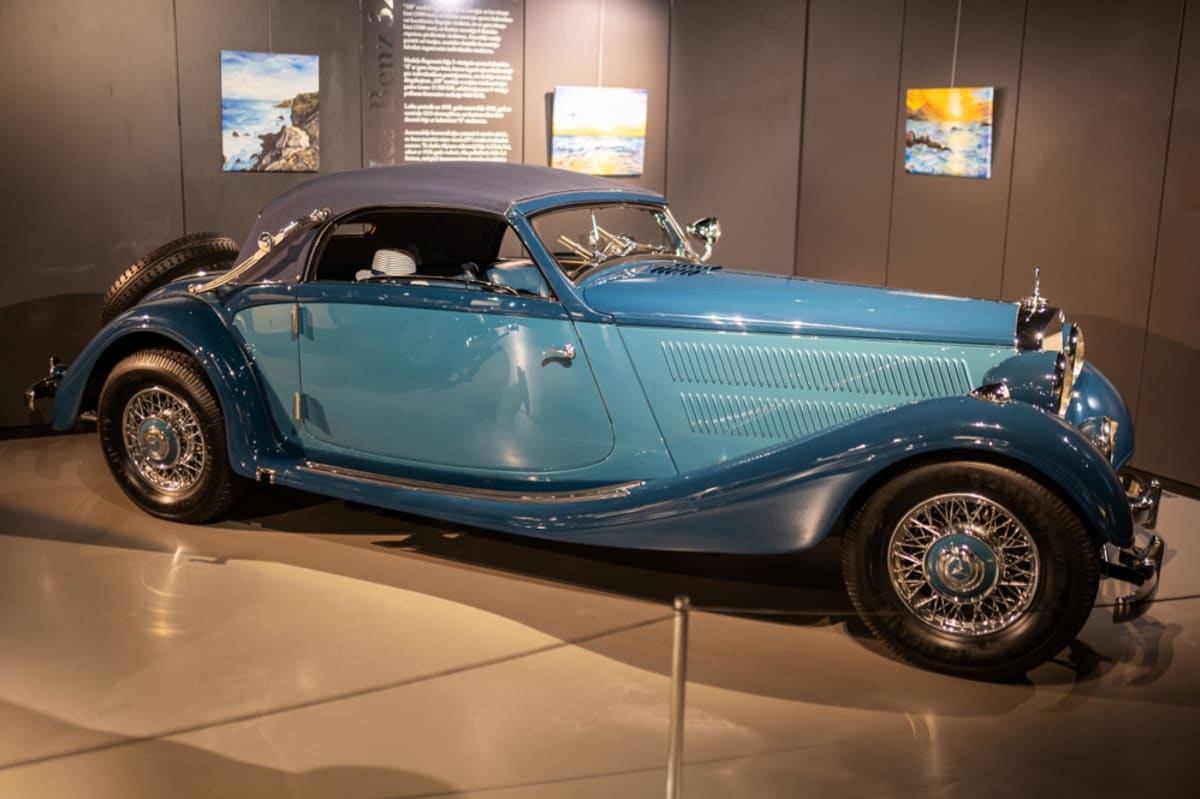
Riga Motormuseum
The Riga Motormuseum, located a short drive from the city center, is an intriguing destination for both automobile enthusiasts and history buffs. Established in 1989, it houses an impressive collection of vintage cars, motorcycles, and other vehicles, some dating back to the early 20th century. Perhaps the most famous exhibit is the Rolls-Royce Silver Ghost, which was once owned by the Soviet leader, Joseph Stalin. The museum also features other rare and unique vehicles, including a Mercedes-Benz that belonged to Hermann Göring, a member of Adolf Hitler's inner circle, and an amphibious car made by the German company Amphicar. Interactive exhibits, photos, and detailed descriptions provide insights into the evolution of motor vehicles over the past century. The Riga Motormuseum offers a fascinating journey through time, exploring the intersections of history, technology, and luxury on four wheels.
Website
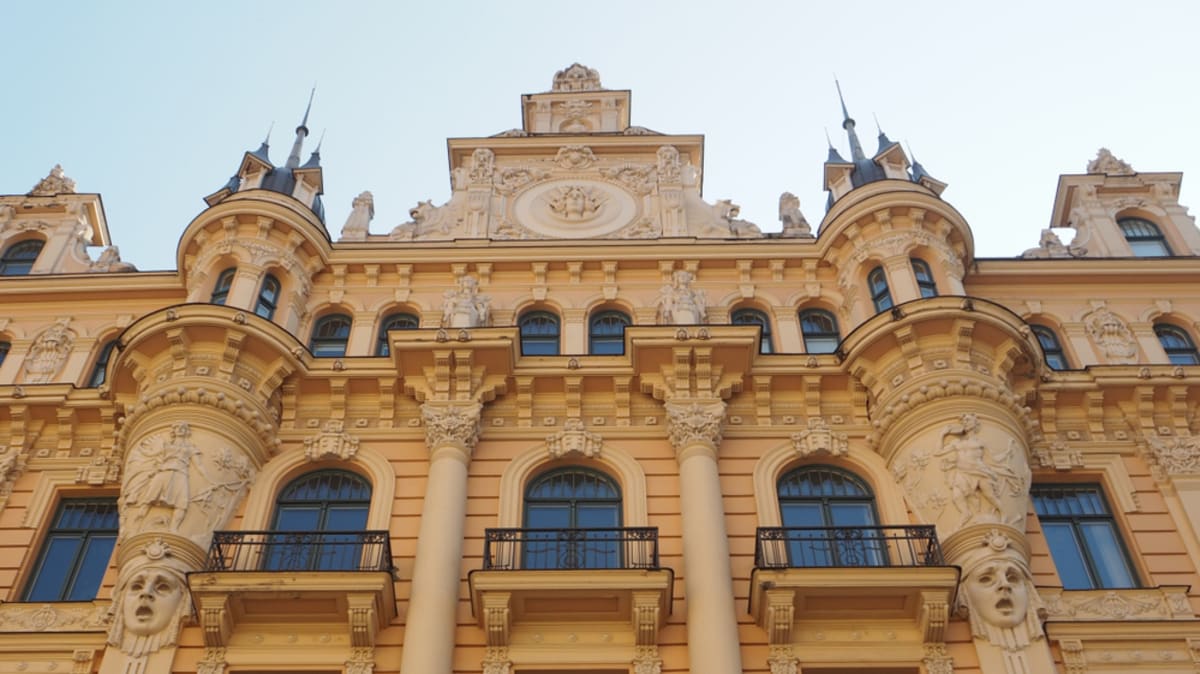
Alberta Iela
Alberta Iela, or Alberta Street, is a remarkable showcase of Riga's world-renowned Art Nouveau architecture. Named after Bishop Albert, who founded Riga in the 12th century, Alberta Iela is often referred to as an "open-air museum" due to the remarkable concentration of Art Nouveau buildings. The street is renowned for its ornate facades adorned with intricate details, ranging from mythical creatures and floral motifs, to ornamental balconies and sculpted figures. Strolling along Alberta Iela truly feels like stepping back in time to the turn of the 20th century, when Art Nouveau was at its peak. The most notable buildings are those designed by Mikhail Eisenstein, a prominent Latvian architect who left an indelible mark on Riga's architectural landscape. His distinct style is characterized by grandiose, imaginative designs and a rich array of decorative elements. Alberta Iela is not just a street; it is a testament to Riga's architectural splendor and its enduring allure.
Website
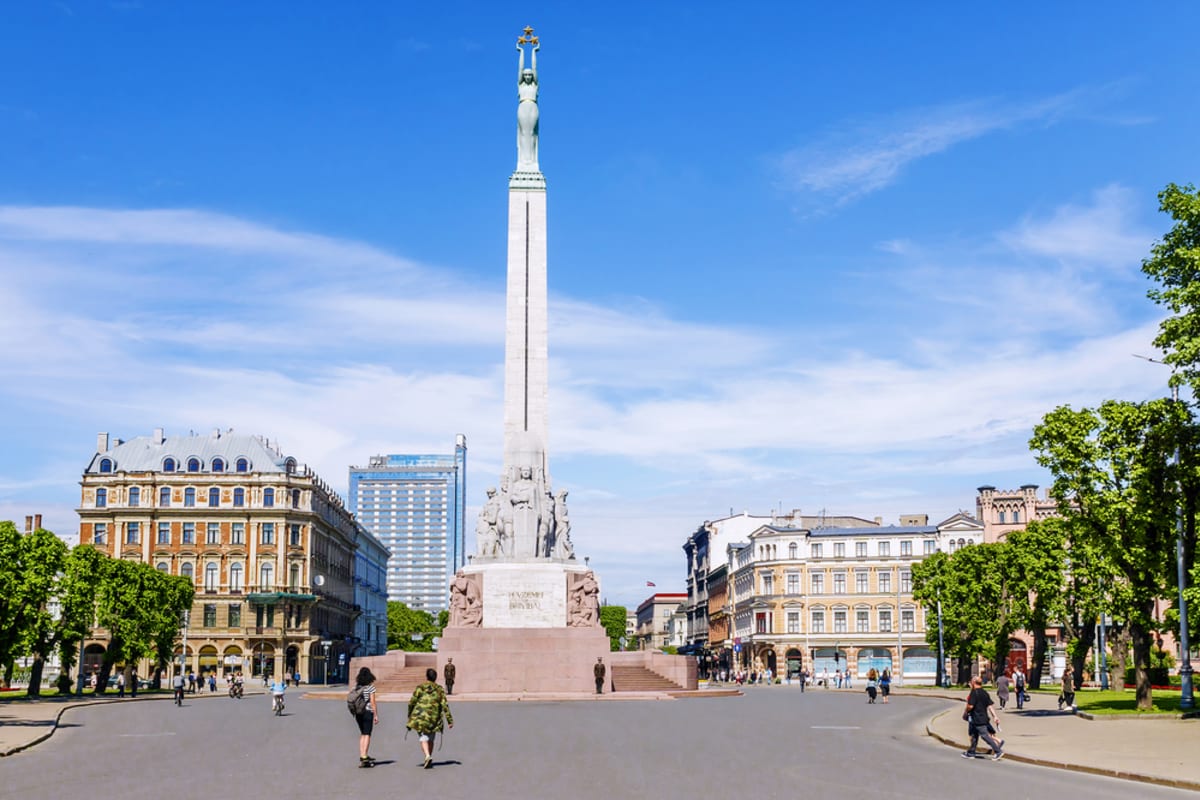
Freedom Monument
The Freedom Monument, a proud symbol of Latvia's independence and sovereignty, stands tall in the heart of Riga. This iconic statue, fondly referred to as 'Milda' by locals, was erected in 1935 to honor the soldiers who fought for Latvia's independence between 1918-1920. At 42 meters tall, the monument is a striking figure on Riga's cityscape, with a woman at the top holding three golden stars, representing the three historical regions of Latvia: Kurzeme, Vidzeme, and Latgale. The base of the monument displays a series of reliefs depicting Latvian culture and history. An eternal flame burns at the foot of the monument in memory of those who lost their lives during the Latvian War of Independence. The Freedom Monument is not just a popular tourist attraction but a place of significant national sentiment, where annual public gatherings, official ceremonies, and celebrations are held.
Website
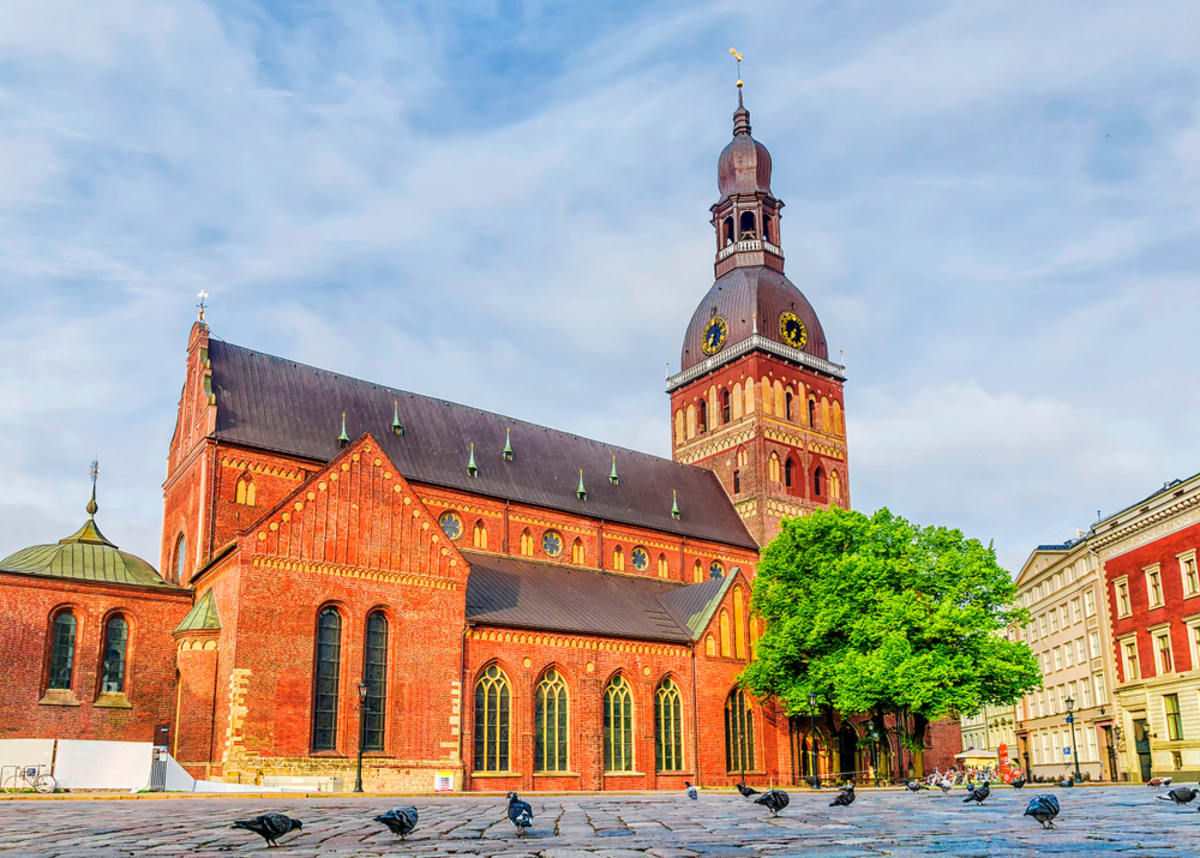
Riga Cathedral
The Riga Cathedral, a magnificent representation of sacred architecture, stands out as one of the most important landmarks in the city. Founded in 1211, it is the largest medieval church in the Baltic states and boasts an amalgamation of architectural styles, reflecting various periods in history. The Cathedral's unique façade features Romanesque, Early Gothic, and Baroque elements, while the interior is adorned with stunning stained glass windows, impressive wooden altars, and a remarkable organ – one of the biggest and oldest functioning pipe organs in the world. Regular organ concerts held here offer a sublime auditory experience, enhancing the spiritual ambiance of the cathedral. The cathedral complex also includes a monastery, cloister, and a museum that provides fascinating insights into the religious and art history of Latvia. Visiting the Riga Cathedral provides an enriching cultural experience, blending history, architectural splendor, and spirituality.
Website
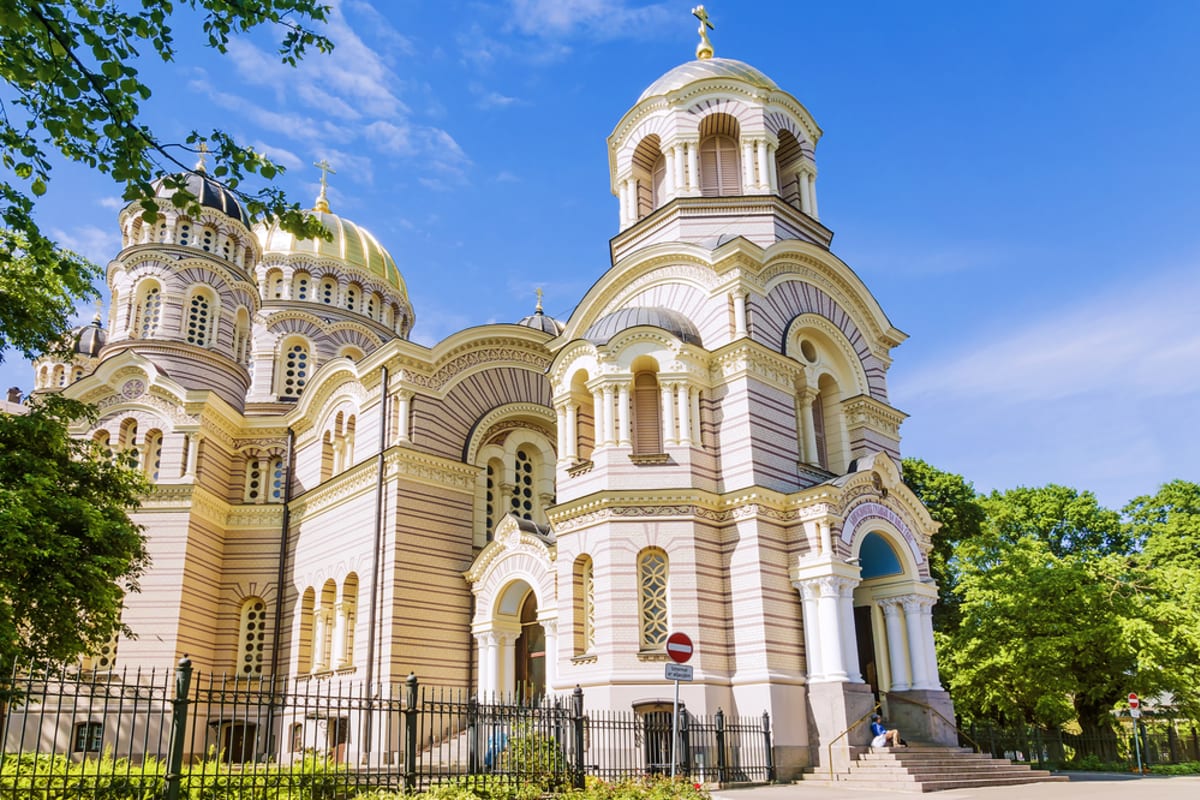
Nativity of Christ Cathedral
The Nativity of Christ Cathedral, the largest Orthodox cathedral in the Baltic provinces, is an iconic symbol of Riga's rich religious heritage. Consecrated in 1884, the cathedral is a masterpiece of Neo-Byzantine architecture, with its glowing golden domes, ornate mosaics, and intricate frescoes. The cathedral's interior is equally mesmerizing, adorned with beautiful icons, an ornate iconostasis, and a grand central chandelier. Following Latvia's independence, the cathedral was returned to the Orthodox Church and underwent extensive restoration to revive its original grandeur. Today, it serves not only as a place of worship but also as a venue for classical concerts due to its outstanding acoustics. The Nativity of Christ Cathedral is a fascinating blend of history, spirituality, and artistry, adding to the rich tapestry of Riga's cultural landmarks.
Website
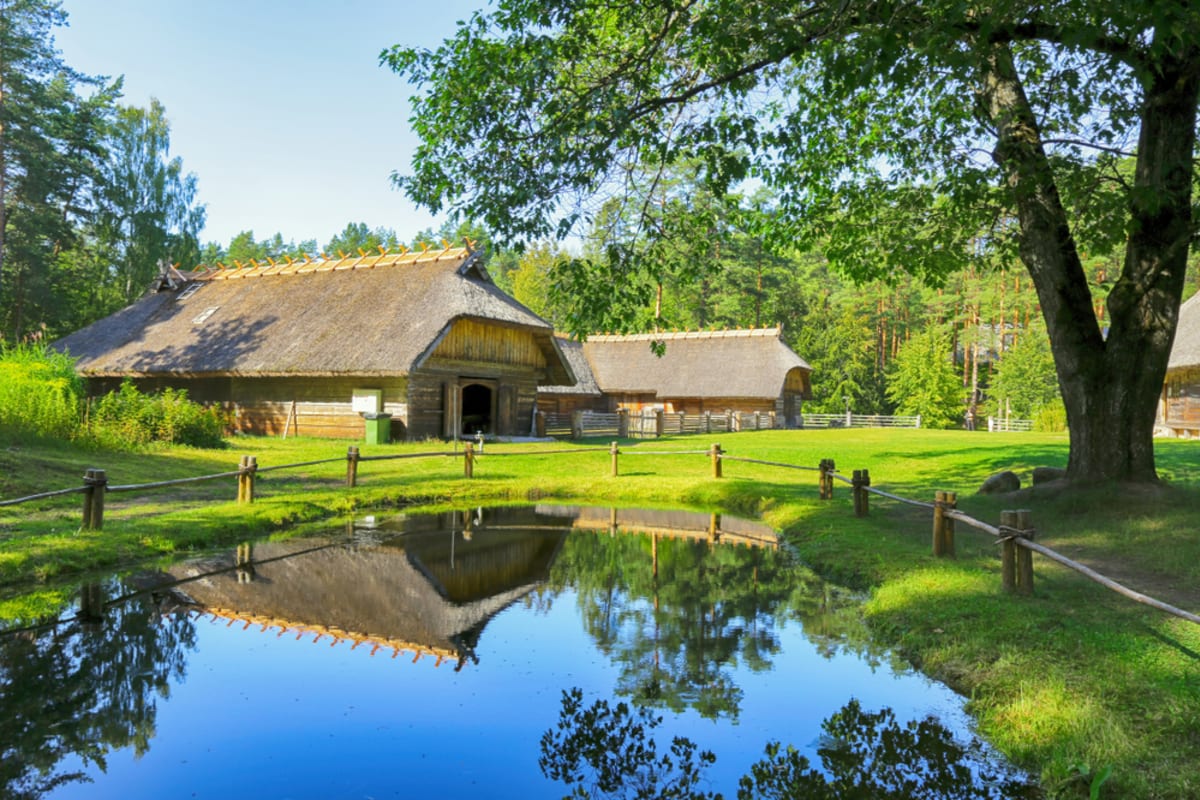
Latvian Ethnographic Open Air Museum
The Latvian Ethnographic Open-Air Museum, one of the oldest and largest of its kind in Europe, is situated on the banks of Lake Jugla, just outside of Riga. Established in 1924, the museum spans over 100 hectares and comprises more than 118 historical buildings from all four of Latvia's provinces - Kurzeme, Vidzeme, Zemgale, and Latgale. These structures, transported from their original locations and carefully reconstructed, illustrate the rural lifestyle of Latvia from the 17th century to the 1930s. From windmills, churches, and farmsteads to the traditional Latvian sauna, the museum offers a comprehensive overview of the country's architectural history. Additionally, the museum organizes various seasonal festivals, workshops, and exhibitions, allowing visitors to immerse themselves in traditional Latvian culture and customs. A visit to the Latvian Ethnographic Open-Air Museum is a journey into the past, offering a unique and fascinating insight into Latvia's rich cultural heritage.
Website
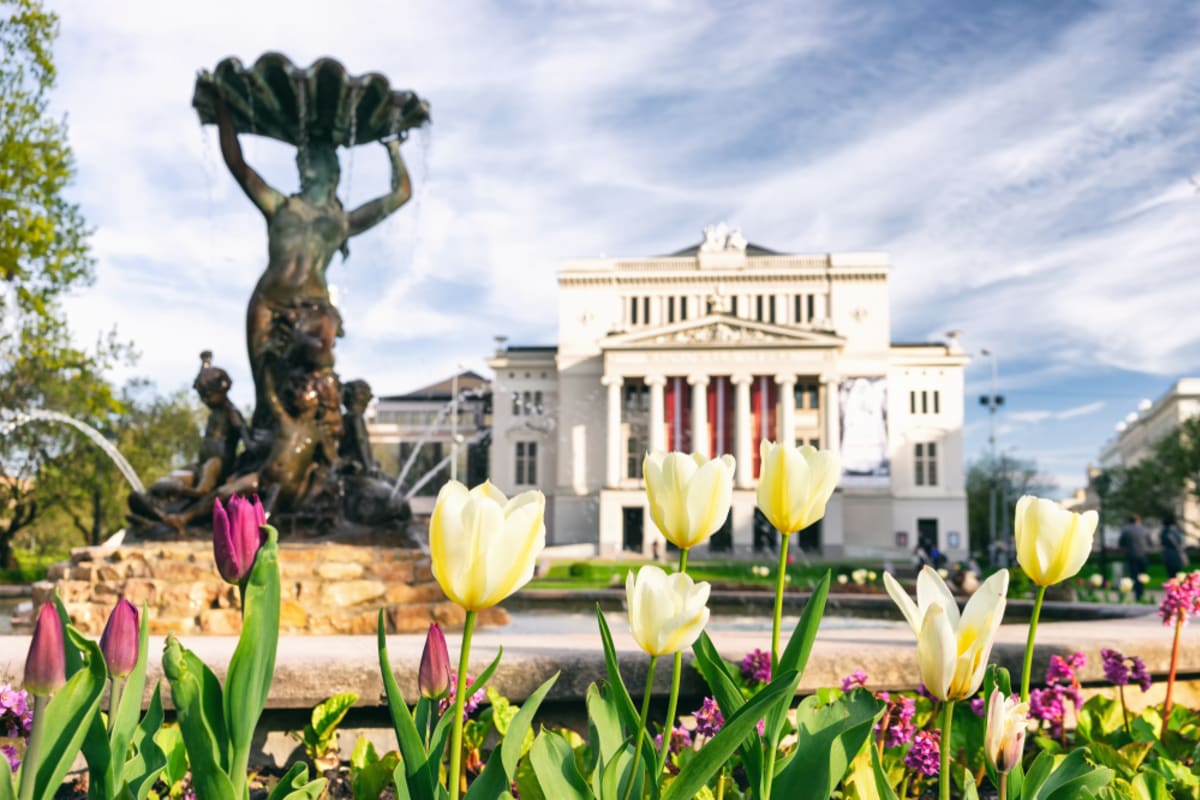
Latvian National Opera
The Latvian National Opera (LNO), located in the heart of Riga, is a monument to Latvia's rich operatic tradition. Established in the late 19th century, the LNO stands as a testament to the country's vibrant cultural scene, hosting a repertoire of opera and ballet performances that blend classical and contemporary styles. The building itself is a masterpiece of neoclassical architecture with its white façade, ornate decorations, and a magnificent chandelier illuminating the main auditorium. Known for its high artistic quality, the LNO has launched the careers of many internationally recognized artists. The opera house also hosts the annual Riga Opera Festival, which attracts opera aficionados from around the world. A night at the Latvian National Opera promises not only a performance of outstanding musicianship and theatricality but also a glimpse into the soul of Latvian culture.
Website
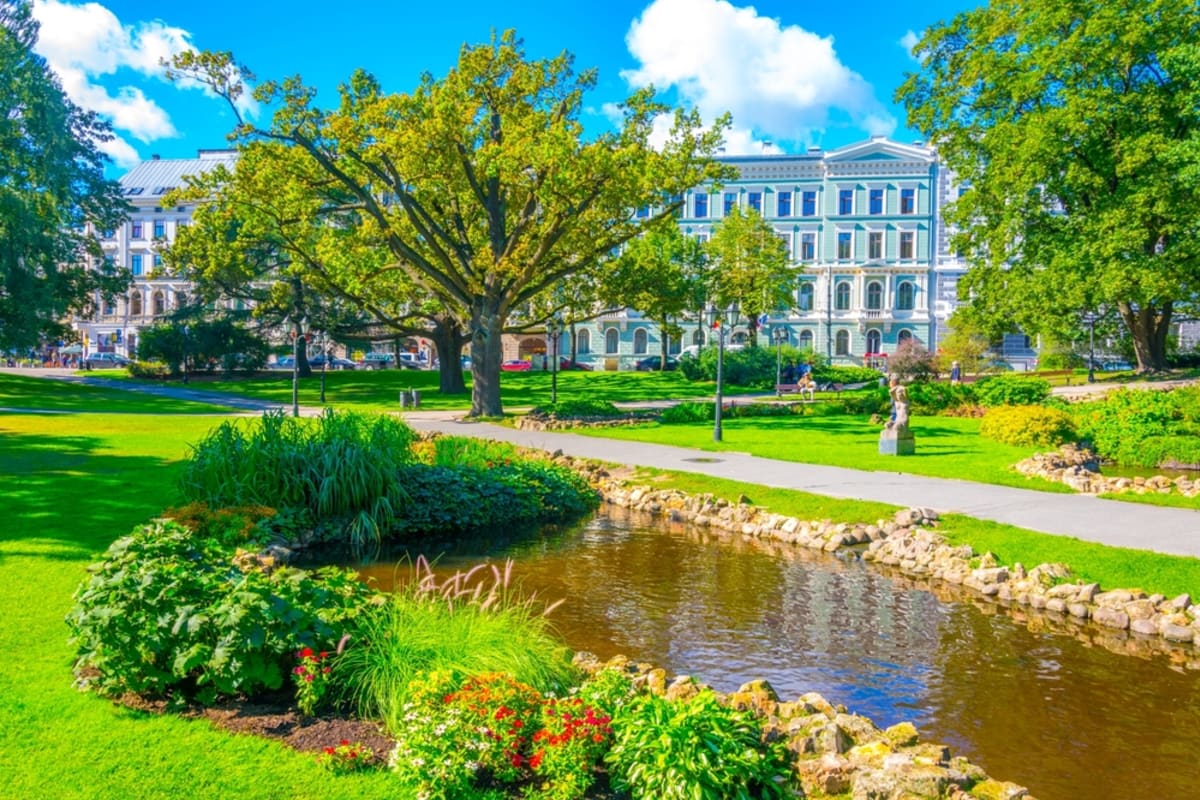
Bastejkalna Park
Bastejkalna Park, located in the heart of Riga, offers a tranquil retreat amidst the city's bustling rhythm. With the beautiful canal slicing through it, the park is a vibrant mosaic of nature and history. It is named after the Bastion Hill ("Bastejkalns") - a fortification that once formed part of Riga's city defenses. Today, it is a haven for relaxation and recreation, adorned with blossoming flower beds, charming bridges, and well-maintained walking paths. The park is also home to several monuments and sculptures, such as the impressive Laima Clock and the poignant Freedom Monument. Whether you're taking a leisurely stroll, enjoying a boat ride along the canal, or simply soaking in the peaceful ambiance on a park bench, a visit to Bastejkalna Park offers a refreshing respite and a chance to appreciate the natural beauty Riga has to offer.
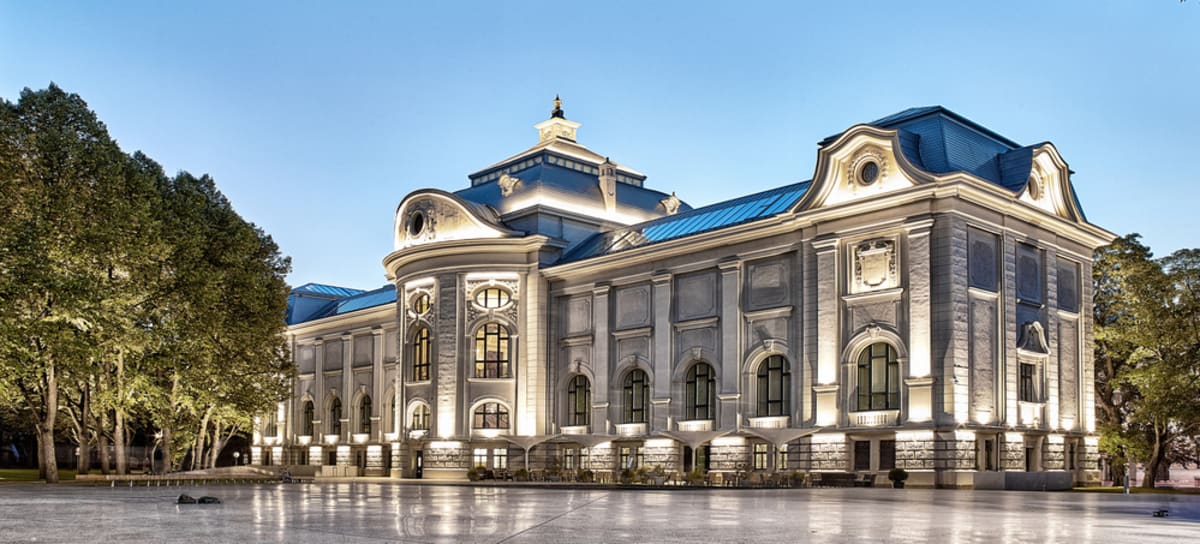
Latvian National Museum Of Art
The Latvian National Museum of Art, an eminent institution in Riga, is a repository of the country's most significant works of art. Established in 1905, the museum boasts a collection of over 52,000 items spanning from the mid-18th century to the present day. Housed in a resplendent building that is a work of art in itself, the museum features masterpieces not only from prominent Latvian artists, but also from many notable Baltic and Russian artists. The museum offers an extensive display of classical and contemporary art, providing a comprehensive overview of Latvia's artistic evolution. After a recent renovation, the museum has incorporated a digital dimension, offering virtual tours and interactive exhibits, thereby enhancing the visitor experience. A visit to the Latvian National Museum of Art offers a profound immersion into the country's artistic heritage, reflecting the national identity, historical evolution, and cultural diversity of Latvia.
Website
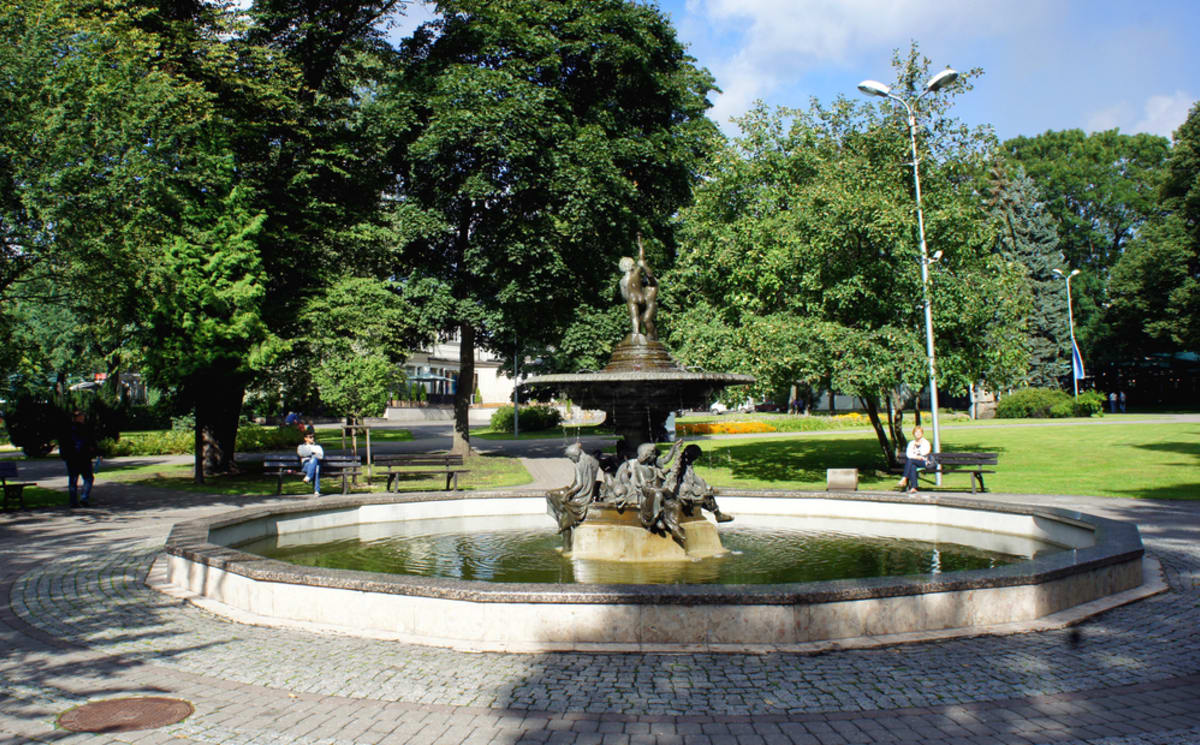
Vermanes Garden
Vermanes Garden, the second oldest public garden in Riga, is a delightful oasis in the heart of the city. The park, named after its benefactor George Armitstead's wife Vera, is a beautiful blend of nature and culture, offering numerous attractions for both locals and tourists. Majestic trees, vibrant flower beds, and well-maintained lawns create an inviting ambiance for relaxation and leisurely strolls. Statues and monuments scattered throughout the park add an artistic touch, including the fascinating Rainis Monument, dedicated to the renowned Latvian poet and playwright. The garden is also home to a charming pavilion that hosts various cultural events, concerts, and exhibitions, fostering a lively atmosphere. A visit to Vermanes Garden not only provides a respite from the city's hustle and bustle but also a chance to engage with the rich cultural and historical aspects of Riga.
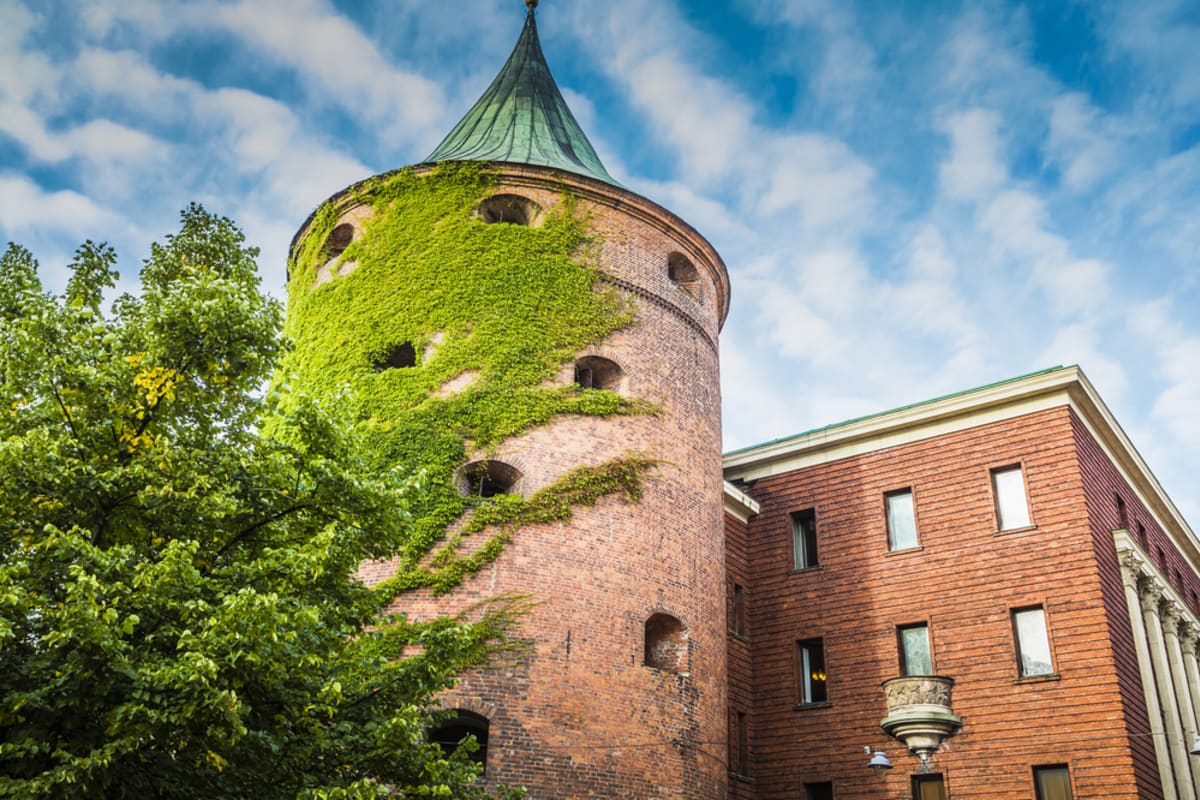
Latvian War Museum
The Latvian War Museum, situated in the Powder Tower in Riga's old town, is a significant destination for those interested in Latvia's military history. Established in 1919, the museum has an extensive collection of artifacts from the 9th century to the present day, illustrating the military and political history of Latvia. Each exhibition floor represents a different era, including the battles for independence, both World Wars, and the country's Soviet occupation. The museum also provides a comprehensive understanding of the Latvian army's evolution, showcasing an array of historical weapons, uniforms, medals, and personal items from soldiers. The Powder Tower, a 14th-century fortification, adds a layer of historical authenticity to the museum experience. A visit to the Latvian War Museum provides a unique perspective on Latvia's tumultuous history, emphasizing its resilience and national pride.
Website
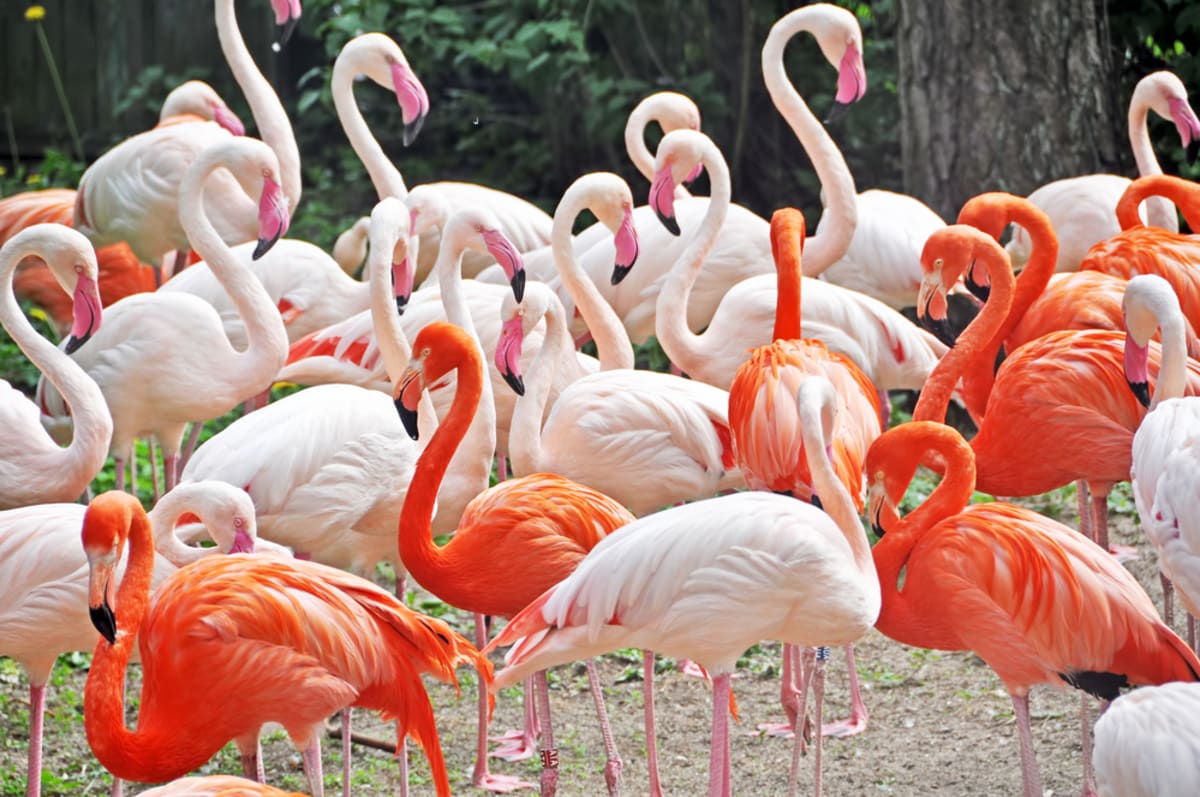
Riga Zoo
Riga Zoo is a notable attraction for nature and wildlife enthusiasts, located in the Mezaparks neighborhood of Riga. Established in 1912, the zoo is home to over 3000 animals representing nearly 500 species. From the towering giraffes of the African savanna to the playful penguins of the Antarctic, the zoo offers a fascinating journey through the world's diverse ecosystems. It also houses a Tropical House for exotic species and an impressive collection of birds in its aviary. The zoo's commitment to conservation, research, and education makes it an integral part of Latvia's cultural and scientific community. A visit to Riga Zoo promises a day of exploration and discovery, offering visitors of all ages an opportunity to connect with nature and learn about the importance of wildlife conservation.
Website
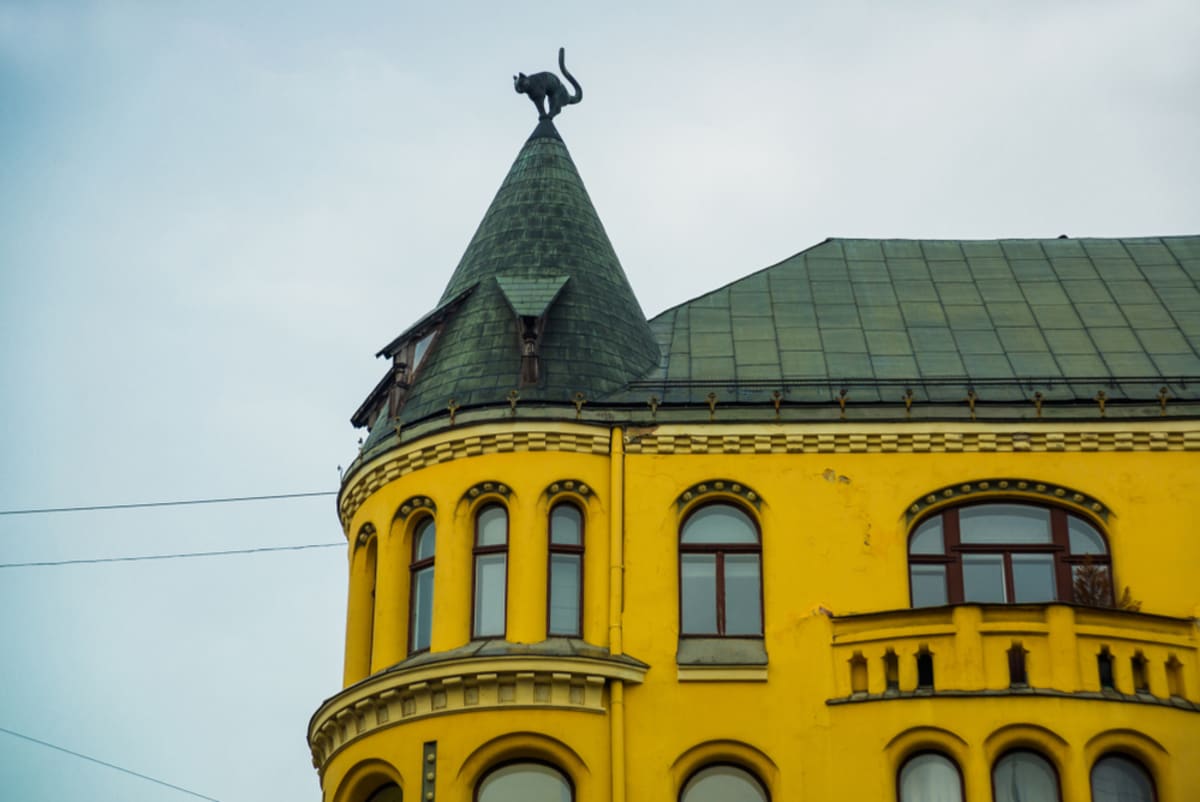
Cat House
The Cat House, nestled in the old town of Riga, is a distinctive architectural gem that has become an iconic symbol of the city. Characterized by its two black cat statues perched on the rooftops, the building, constructed in 1909, is a stunning example of Art Nouveau style. The playful feline figures, with their arched backs and raised tails, have given rise to many local legends and have become a beloved fixture of Riga's skyline. The Cat House, with its striking façade and intriguing history, is a must-see landmark for anyone exploring the rich tapestry of Riga's architectural and cultural heritage.
Website
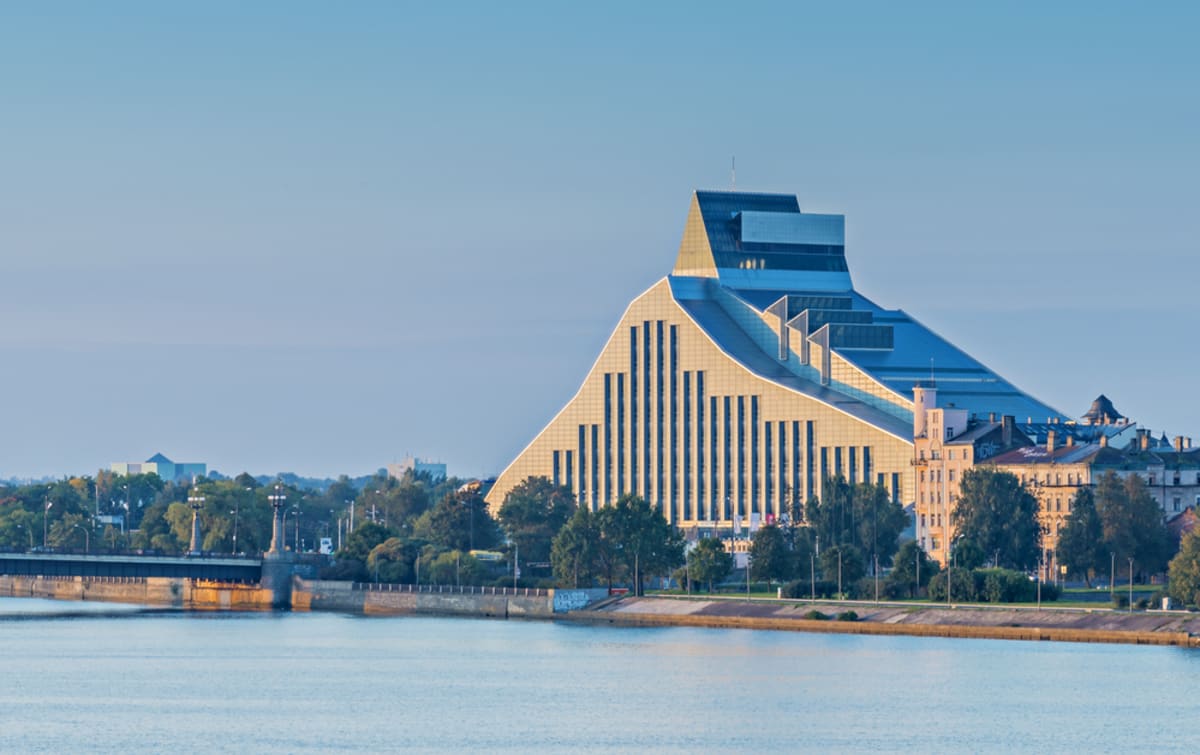
National Library of Latvia
National Library of Latvia, also known as Castle of Light is an iconic landmark in Riga. Located on the Baltic Sea coast, the library is one of the largest and most extensive in Europe, with its vast collection comprising over 42 million items. The structure itself is a masterpiece of modern architecture, featuring a striking glass-and-steel façade that shines like a beacon across the city skyline. Inside, the library is a breathtaking sight with its vast glass dome and sweeping staircases. A visit to the National Library of Latvia promises an unforgettable experience of knowledge, art, and culture. It offers a unique opportunity to immerse oneself in the Latvian literary heritage and explore its rich history and cultural legacy.
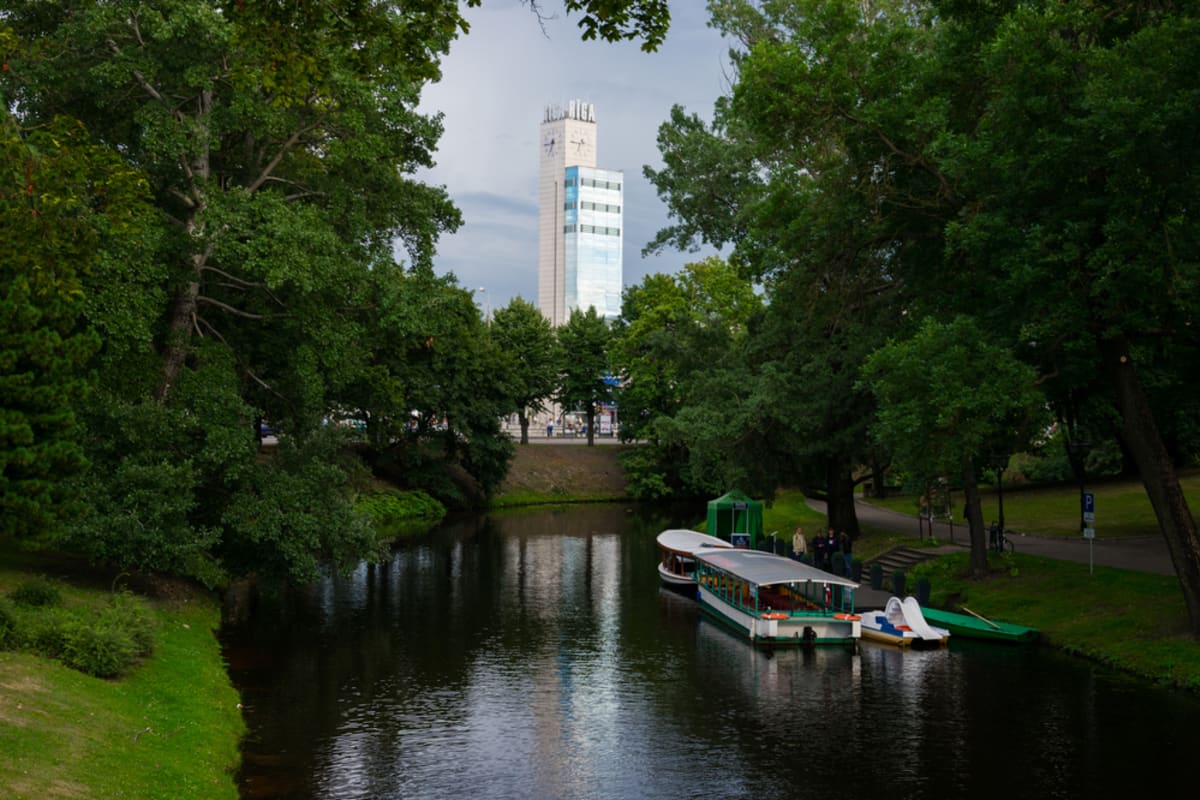
Pilsetas kanals
Pilsetas Kanals, or City Canal, is a serene waterway that winds its way through the heart of Riga, offering a unique perspective on the city. Originally a part of the city's fortifications, it has since been transformed into a picturesque canal adorned with beautifully manicured parks and gardens. A leisurely stroll or a boat ride along the canal provides striking views of some of Riga's most notable landmarks, including the National Opera, the Freedom Monument, and the Latvian National Theatre. The canal is also home to a diverse array of flora and fauna, making it a tranquil urban oasis amidst the bustling city. The Pilsetas Kanals is more than just a waterway; it is a testament to Riga's harmonious blend of historical heritage and natural beauty.
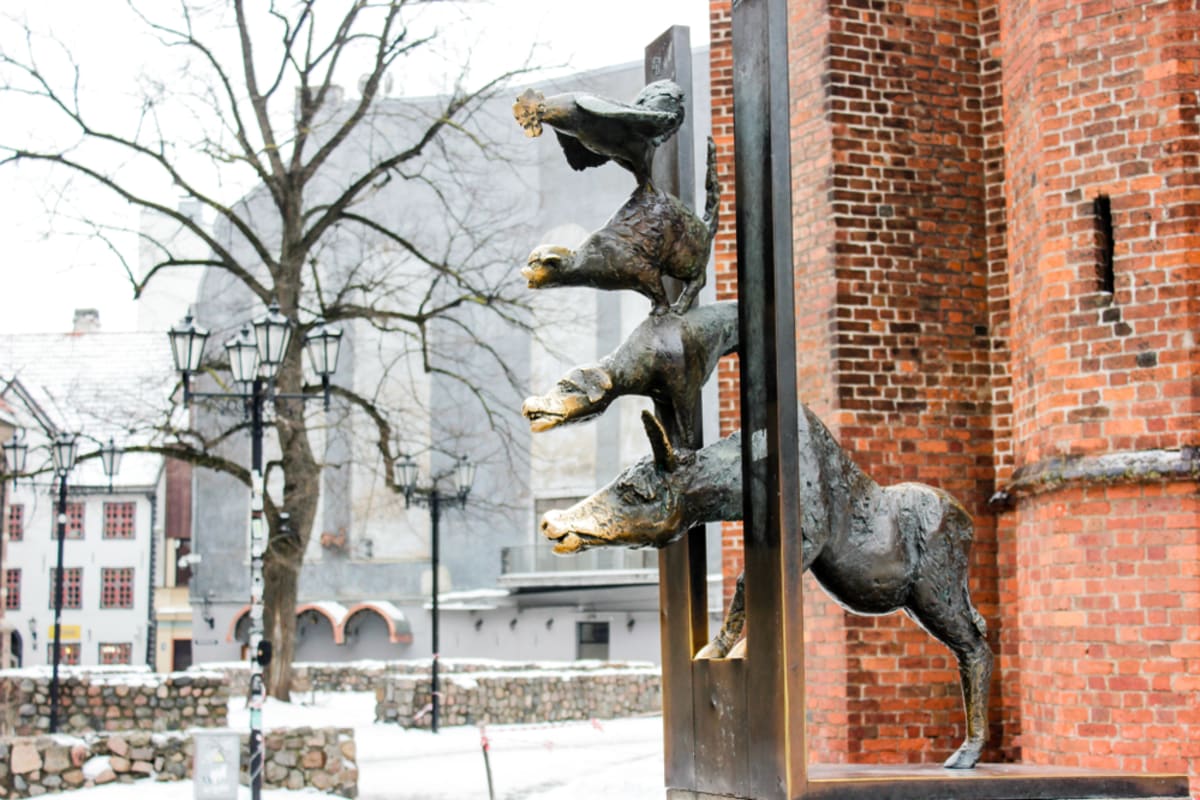
Bremen Town Musicians
The Bremen Town Musicians, a sculpture in Riga's old town, is a testament to the enduring friendship between Latvia and Germany. The statue, gifted by the city of Bremen, depicts the characters from the famous German fairytale of the same name by the Brothers Grimm. It symbolizes freedom, independence, and unity, mirroring the spirit of the Latvian people. The bronze figures of the donkey, dog, cat, and rooster standing on each other's backs, aiming for the stars, serve as a reminder of the collective strength found in unity. Touching the animals is said to bring good luck, making the Bremen Town Musicians a delightful stop for locals and tourists alike.
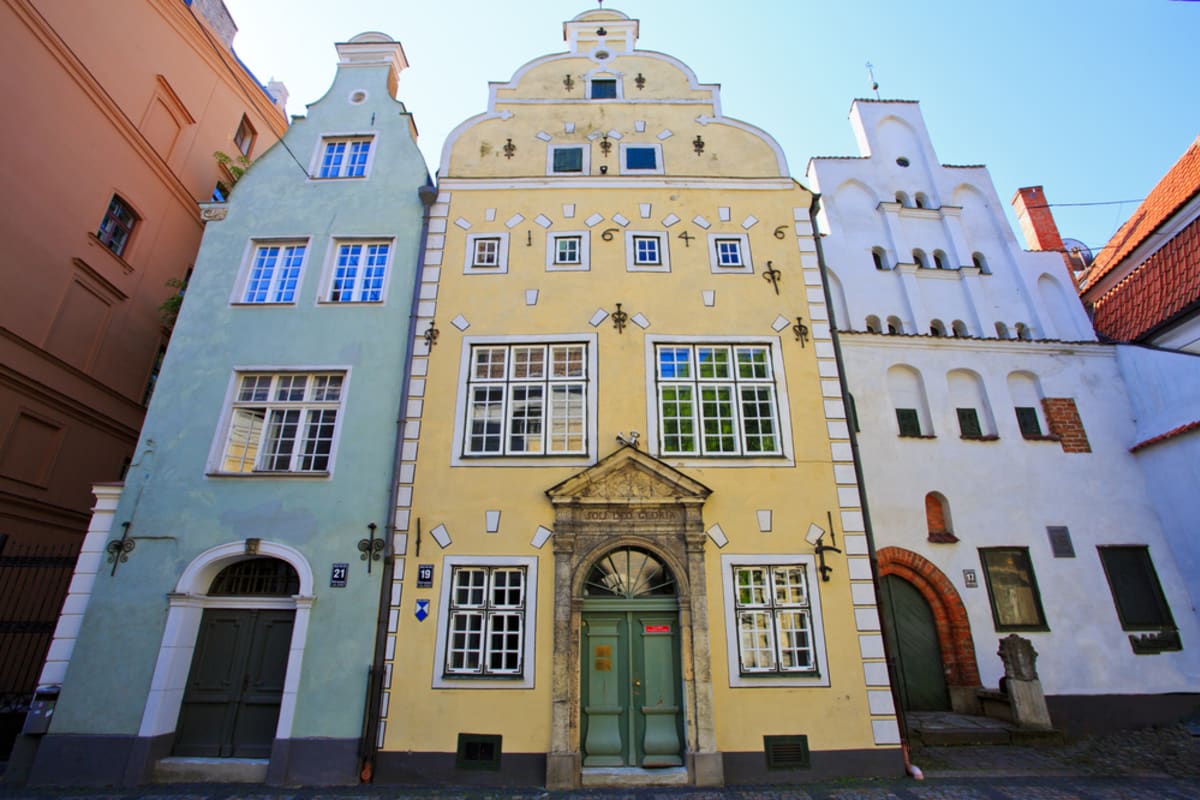
Three Brothers
The Three Brothers, located in the heart of Riga's old town, represent the oldest complex of dwelling houses in the city. These architectural marvels offer a unique glimpse into the city's evolution across centuries. The oldest of the three, the White Brother, dates back to the late 15th century, showcasing a medieval architectural style with its solid stone walls and narrow windows. The Middle Brother, built in the 17th century, exudes Dutch Mannerism with its ornamental façade and gable. The Youngest Brother, a 17th-century edifice, is marked by its baroque and rococo architecture. The Three Brothers are not just buildings, but a living narrative of Riga's architectural and cultural history, standing as a testament to the city's resilience and adaptability through time.
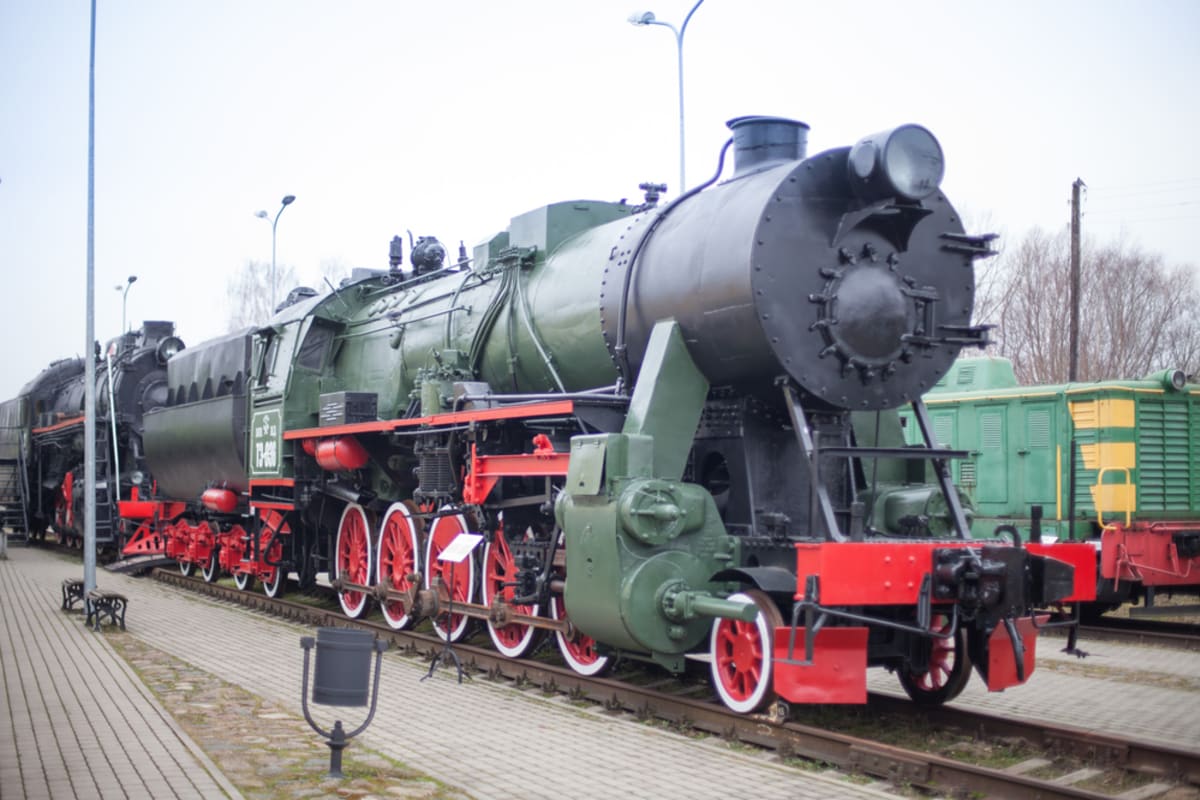
Latvian Railway History Museum
The Latvian Railway History Museum in Riga is a captivating destination for history enthusiasts and railway aficionados alike. This museum, which is one of the oldest railway history museums in the world, showcases an extensive collection of exhibits that trace the development of railways in Latvia from the mid-19th century to the present day. On display, visitors will find a fascinating array of railway artifacts, historical documents, and vintage rolling stock, including meticulously restored steam locomotives, passenger carriages, and freight wagons. The museum also hosts interactive exhibitions, allowing visitors to experience first-hand the operations of a railway station and the intricate workings of the railway system. A visit to the Latvian Railway History Museum provides a unique insight into the impact of rail transport on Latvia's economic and social growth, underscoring its importance in the country's historical and cultural narrative.
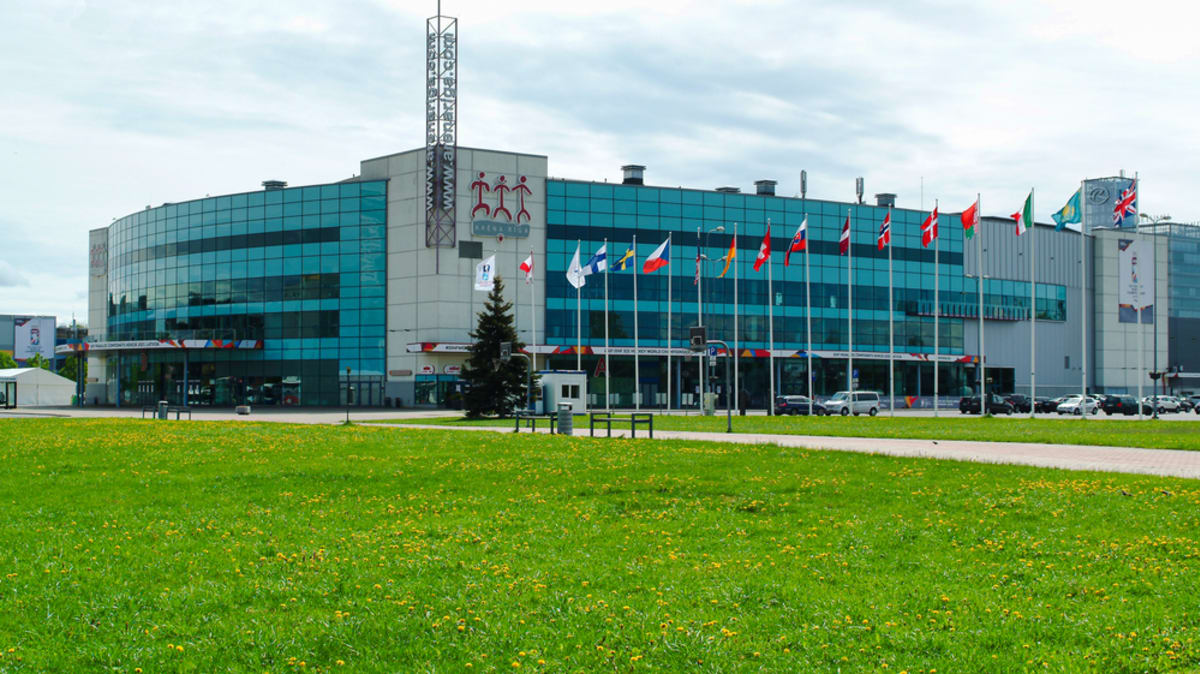
Arena Riga
Arena Riga is a significant venue in the city's landscape, often buzzing with activity and excitement. It is a multi-purpose arena that plays host to a variety of events ranging from sports competitions to music concerts, making it an epicenter of entertainment in Riga. This state-of-the-art facility boasts a seating capacity of over 10,000, providing a spacious yet intimate setting for spectators. It is also home to the Dinamo Riga ice hockey team and has been a venue for prestigious international events, such as the EuroBasket 2015 and the World Ice Hockey Championships. Arena Riga is more than just a venue; it's a showcase for local and international talent, enhancing Riga's vibrant cultural and entertainment scene.
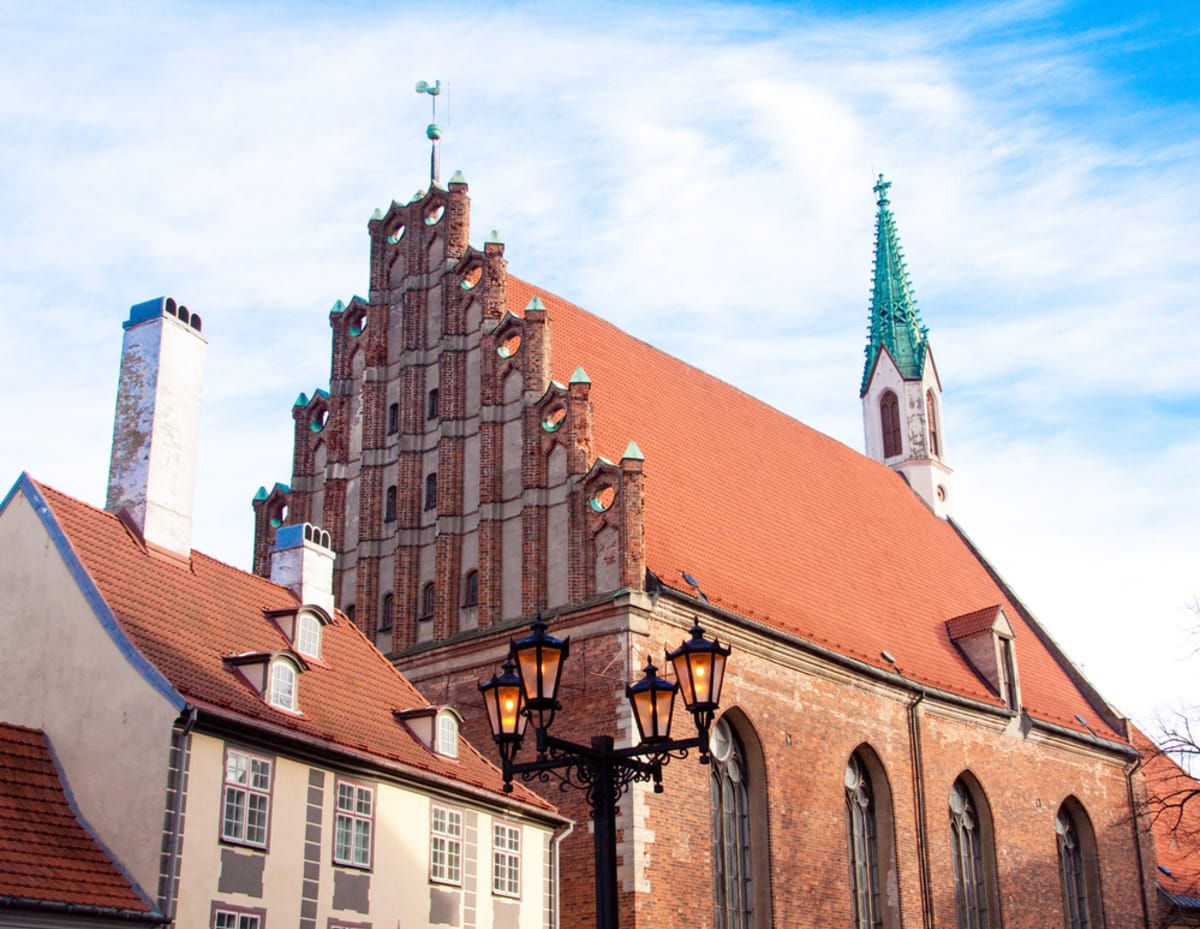
St. John's Church
St. John's Church is a prominent gem in Riga's architectural and spiritual tapestry. Located in the heart of the Old Town, this ancient church dates back to the 13th century, standing as a testament to Riga's rich history. It showcases a stunning blend of architectural styles, with its Baroque tower and Gothic elements. The interior is equally impressive, adorned with stunning frescoes, a beautifully carved wooden pulpit, and an impressive organ that fills the space with resonant melodies during services and concerts. The church's tower provides a panoramic view of the city, making it a popular spot for locals and visitors alike. St. John's Church is more than just a place of worship; it’s a historical monument that embodies Riga's unique blend of history, art, and spirituality.
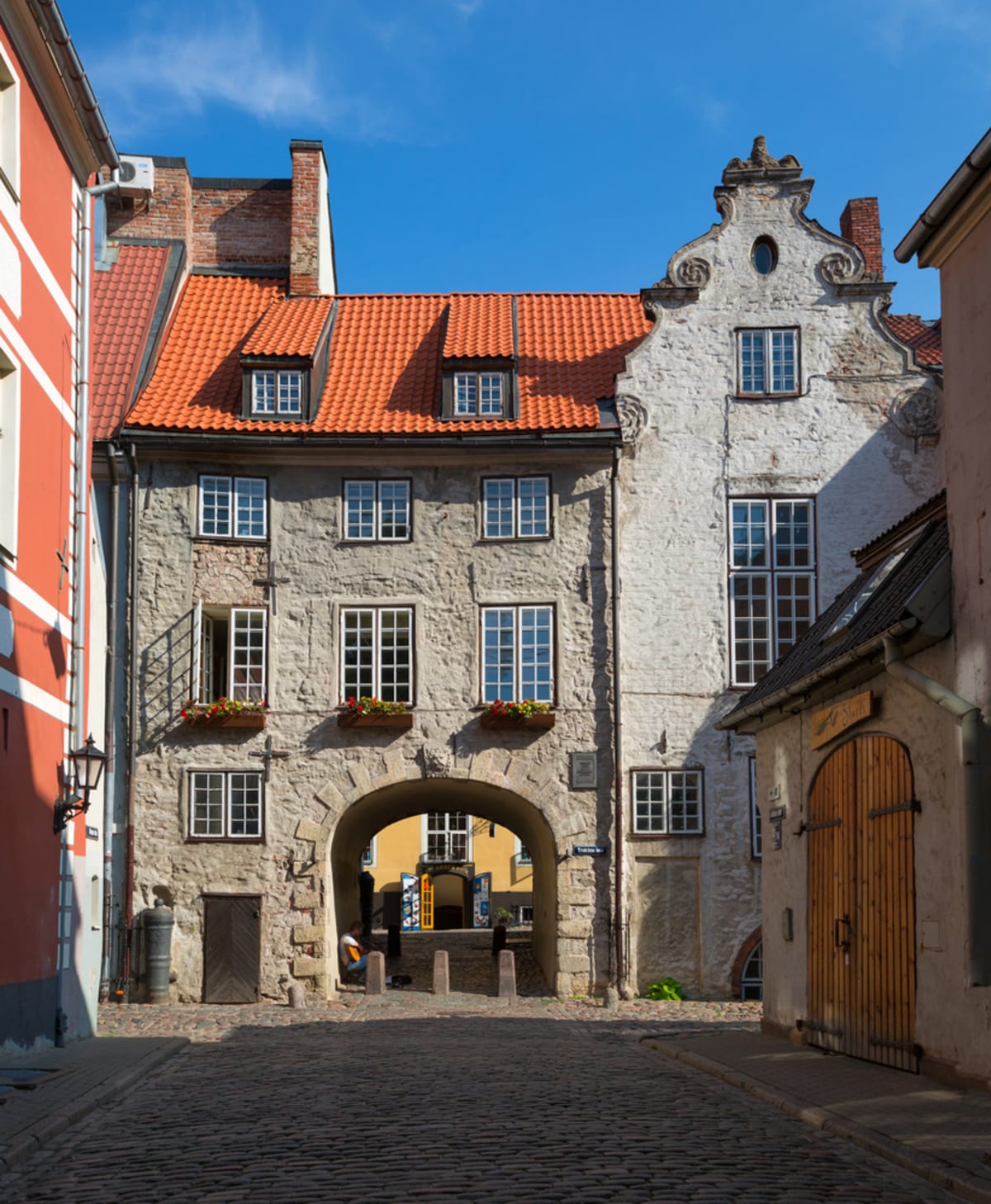
Swedish Gate (Zviedru Varti)
The Swedish Gate (Zviedru Varti), nestled in the old city walls of Riga, carries a historical charm that transports visitors back in time. Established in the late 17th century during the Swedish occupation of Riga, the gate is the last surviving city gate and serves as a tangible link to the city's past. The gate's arch, made of weathered stone and marked by the Swedish crown, stands as a silent witness to the centuries of history that have unfolded around it. Local legends and stories swirl around the Swedish Gate, adding to its intrigue and allure. Walking through this ancient gate is like stepping into a bygone era, making it a must-visit for any history buffs exploring the city.
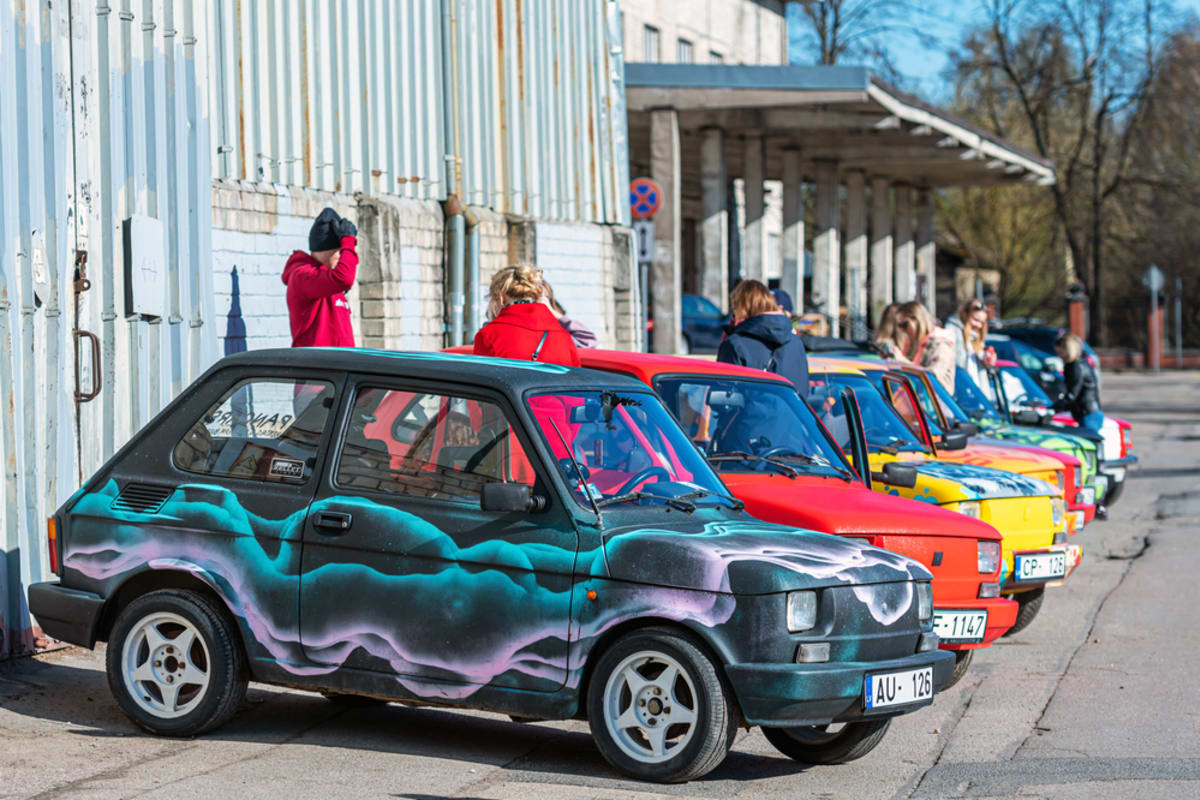
PanCars Rentals & Fun Team Building
For those looking to explore Riga in a fun and unique way, PanCars Rentals offers an unforgettable experience. With an impressive fleet of vintage vehicles, PanCars Rentals allows visitors to drive around the city in style, offering a sense of nostalgia coupled with the thrill of the open road. But more than just a rental service, PanCars also organizes engaging team building activities. They offer a variety of challenges and games that promote cooperation, communication, and leadership skills. From treasure hunts to car rallies, participants can enjoy a fun-filled day of camaraderie while discovering the charms of Riga. PanCars Rentals & Fun Team Building offers a perfect blend of adventure, exploration, and bonding, providing an unconventional and memorable way to experience the city.
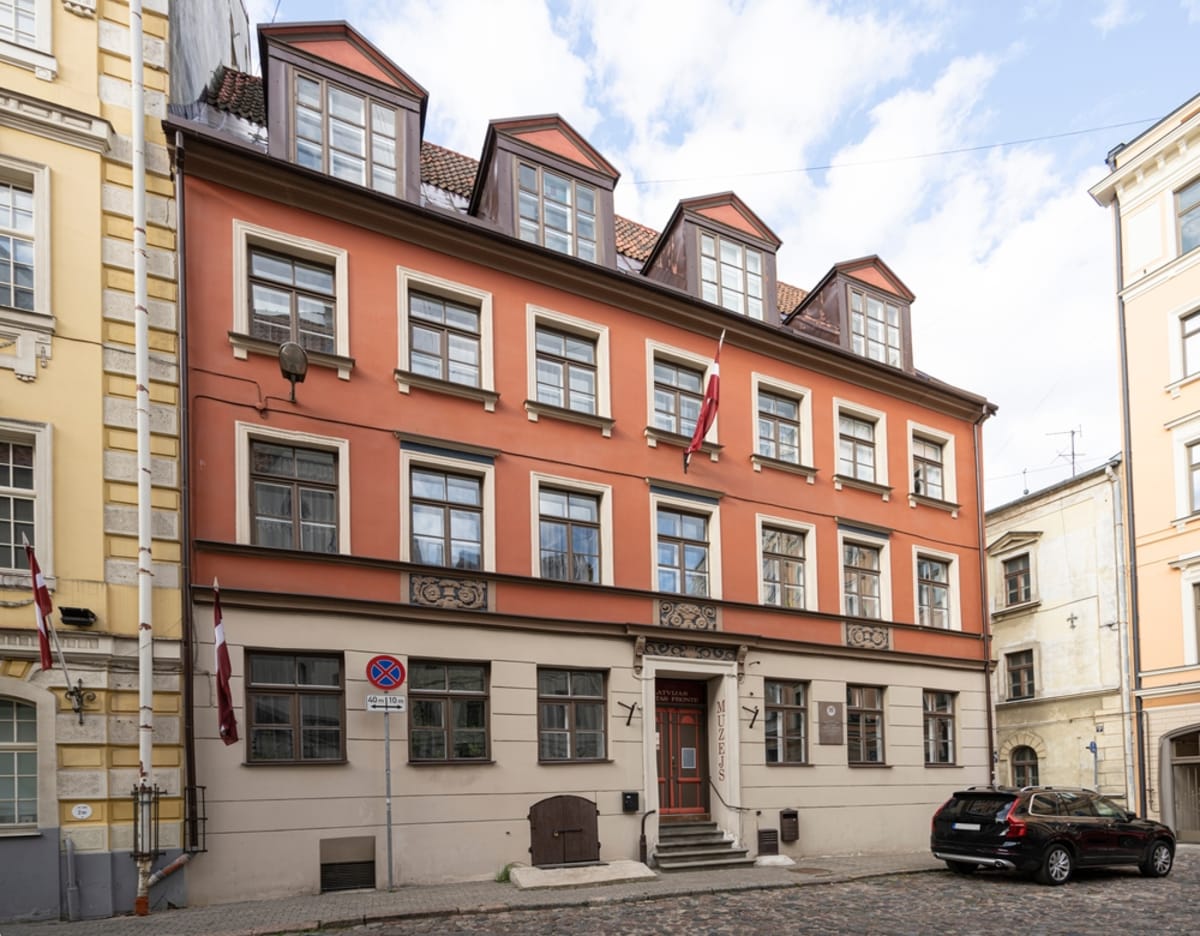
Museum of the Popular Front of Latvia
The Museum of the Popular Front of Latvia is another unmissable spot for history enthusiasts visiting Riga. This museum is dedicated to chronicling the non-violent resistance movement that led to Latvia's independence from Soviet rule in the late 20th century. Situated in a historic 19th-century building, the museum houses an array of exhibits that provide insight into the struggles and triumphs of the Latvian people during this dynamic period. Displays include historical documents, photographs, and personal accounts, capturing the spirit of unity and determination that marked the era. A visit to the Museum of the Popular Front of Latvia offers a poignant exploration of the country's recent past, highlighting the resilience, bravery, and tenacity of its people.
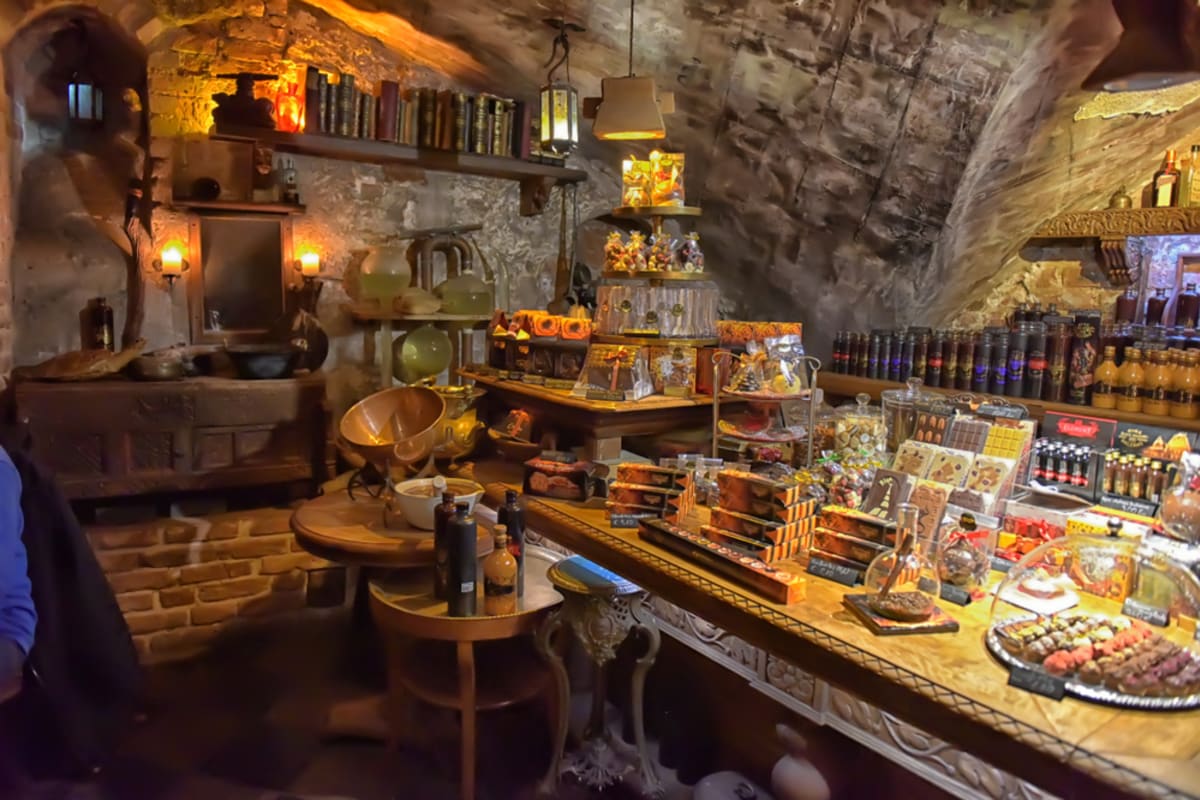
Black Magic Bar
Another intriguing destination in Riga is the Black Magic Bar, a charming spot inspired by Latvia's rich tradition of herbal liquor. This atmospheric bar transports guests to the 18th century with its vintage decor and an array of delectable treats. The bar's signature drink, Riga Black Balsam, is a must-try. This unique herbal liquor, with its potent blend of 24 natural ingredients, is a cherished part of Latvian heritage. The Black Magic Bar isn't just about the drinks, though. Its delightful assortment of chocolates, truffles, and pastries offer a sweet counterpoint to the balsam's bitter notes, ensuring a well-rounded culinary experience. Whether you're a connoisseur of fine liquors or a foodie with a sweet tooth, the Black Magic Bar offers an enchanting dip into Latvian culture and tradition.
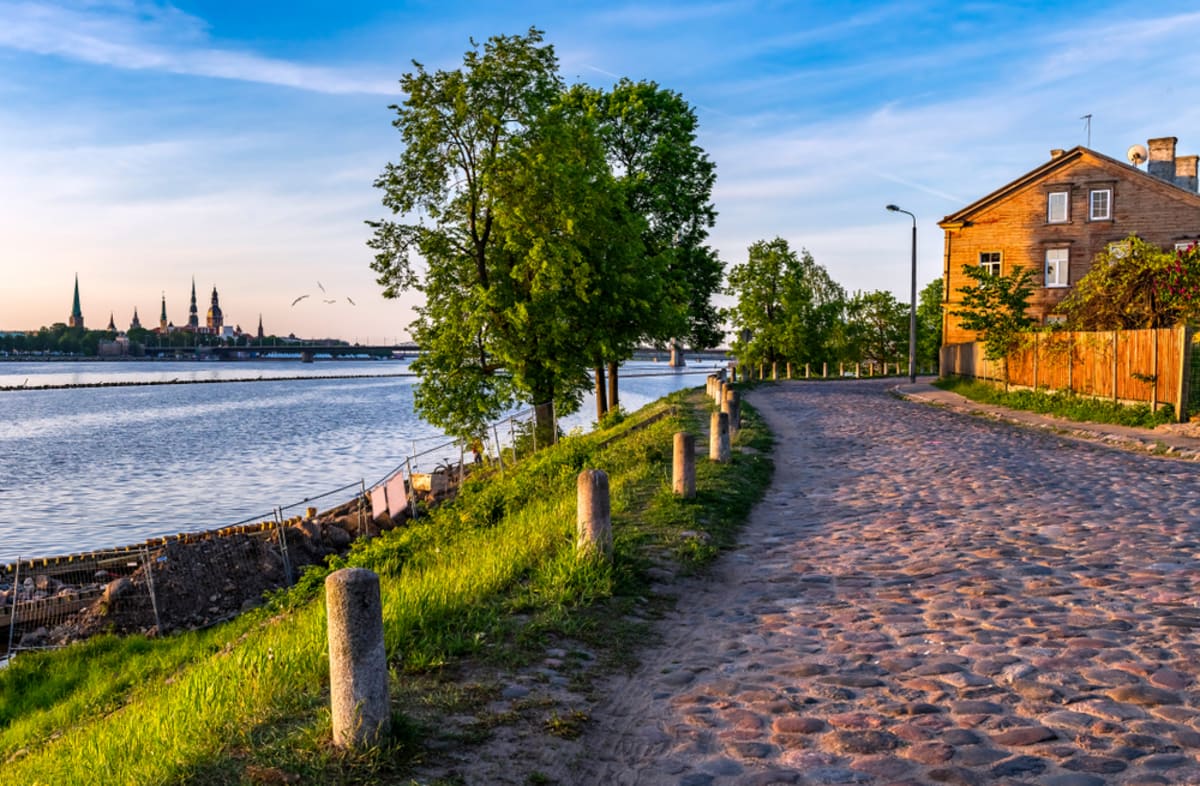
Kipsala
Kipsala is a fascinating district in Riga, situated on an island in the Daugava River. Known for its unique blend of old wooden houses and modern architecture, Kipsala exudes an idyllic charm that sets it apart from the bustling city center. Here, you'll find the Riga International Exhibition Centre, one of the largest venues in the Baltics, hosting a variety of events and exhibitions. The district is also home to Z-Towers, a pair of high-rise buildings that dominate Riga's skyline. Beyond its architectural attractions, Kipsala offers beautiful views of the Old Town from its riverbanks, making it a perfect spot for leisurely walks. The district's serene atmosphere, scenic views, and architectural diversity make Kipsala a must-visit when in Riga.
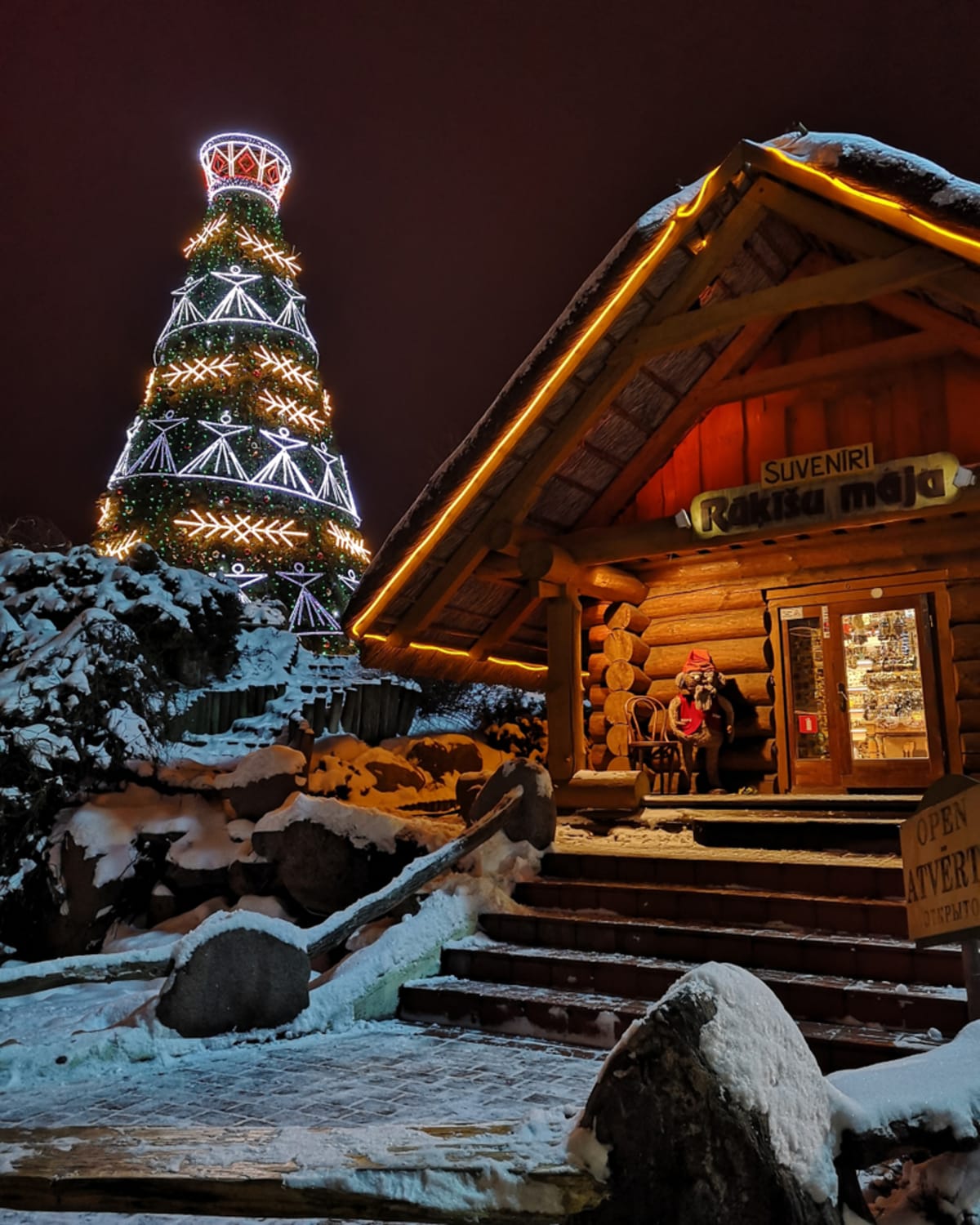
Lido Recreation Centre
The Lido Recreation Centre is a must-visit destination in Riga, providing a unique blend of food, culture, and fun. Known as one of the largest log buildings in Europe, this family-friendly venue is renowned for its traditional Latvian cuisine, served in a self-service style dining area. Visitors can enjoy hearty, homemade dishes while watching the chefs at work in the open kitchen. Apart from the dining experience, the centre also features a variety of amusement park attractions, including a mini zoo, a carousel, and a bungee trampoline, making it a perfect place for a day out with the family. During the winter months, the Lido Recreation Centre transforms into a winter wonderland with its outdoor ice-skating rink. With its festive atmosphere, delicious food, and fun-filled activities, the Lido Recreation Centre encapsulates the warm, welcoming spirit of Riga.
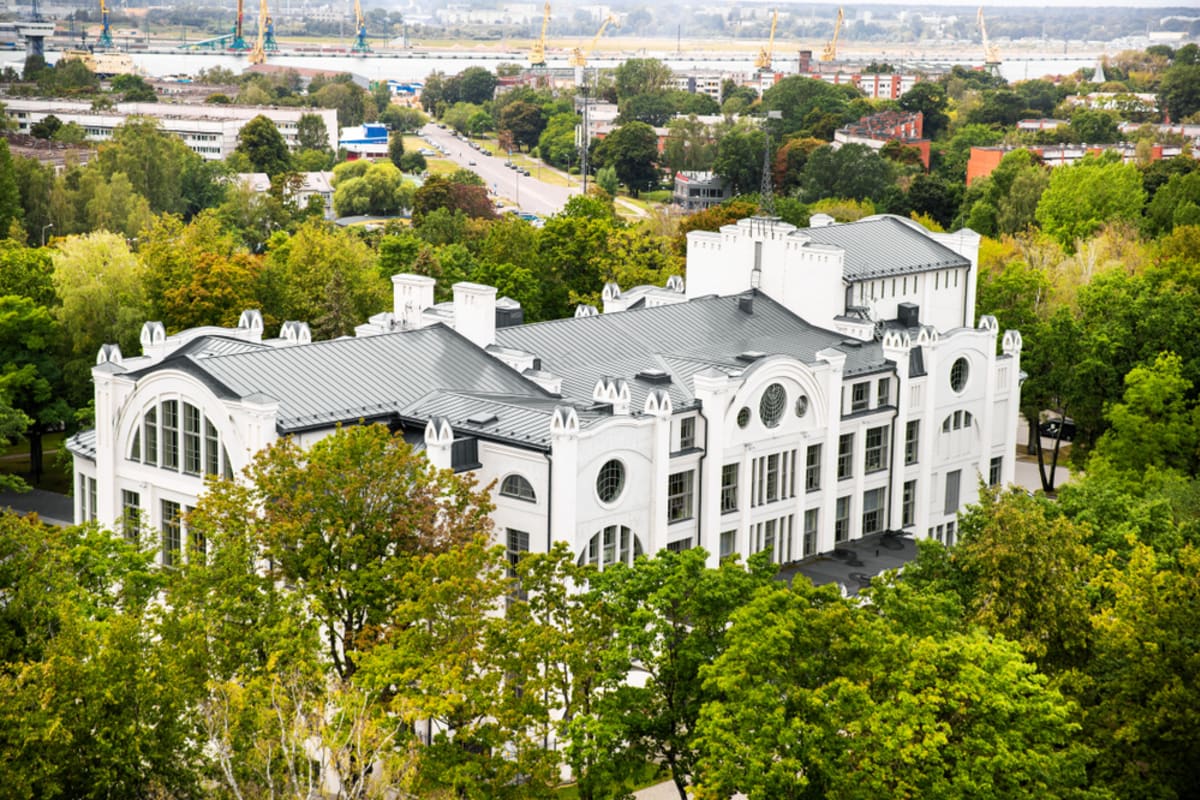
Ziemelblazma
Ziemelblazma is a cultural palace in Riga that promises a cultural feast for visitors. Originally established to serve as a community center for the Northern District, it now attracts audiences from across the city and beyond with its diverse program of events. Its grand venue, featuring a beautiful park, stunning architecture, and an impressive concert hall, provides the perfect setting for an array of cultural events including concerts, exhibitions, and theater performances. Ziemelblazma also houses an art school, offering courses in visual arts, music, and dance, and fostering the next generation of Latvian artists. A visit to Ziemelblazma is a great way to immerse yourself in Latvia's vibrant culture, whether you're attending a performance, exploring an exhibition, or simply enjoying the palace's beautiful surroundings.
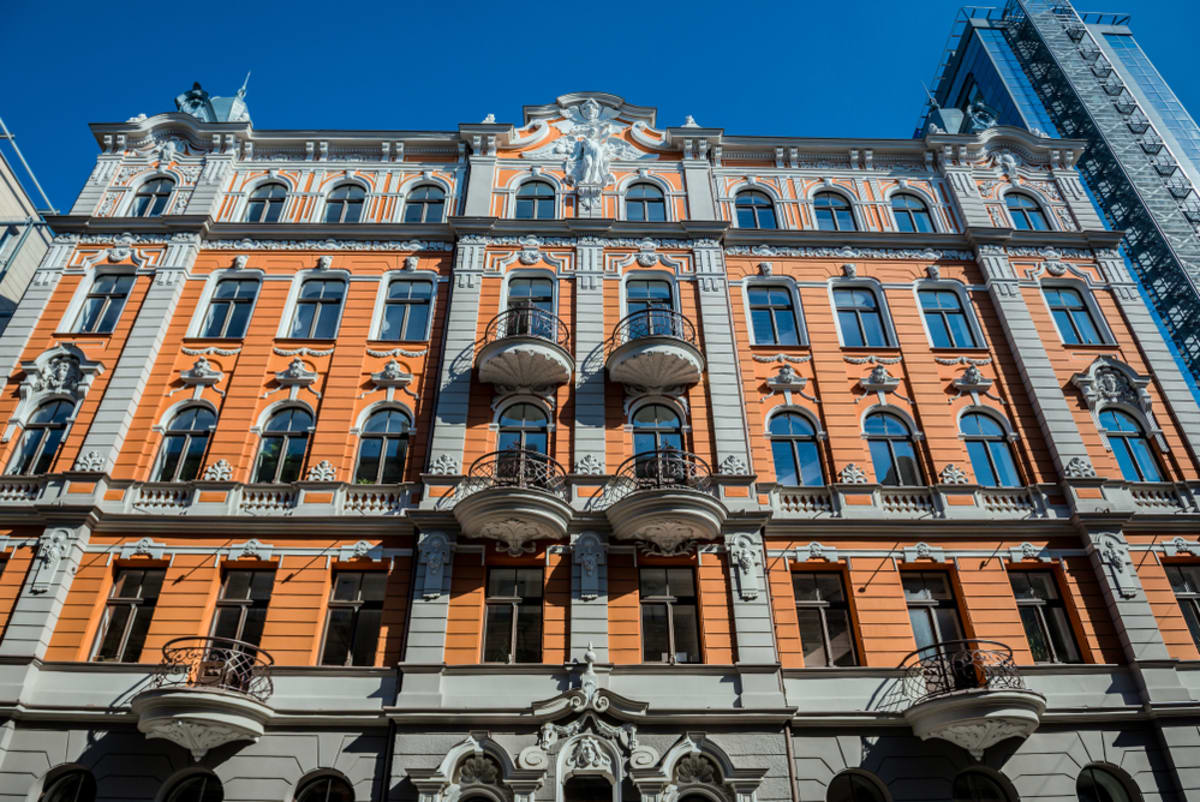
ESPA Riga
ESPA Riga is a haven of wellness and relaxation in the heart of the city. This luxury spa offers a range of treatments and facilities designed to rejuvenate the body and nourish the soul. With a blend of traditional Latvian, and contemporary international practices, the spa's expert therapists provide personalized treatments that cater to each guest's individual needs. From serene massages and revitalizing facials to therapeutic heat experiences in the sauna and steam rooms, ESPA Riga promises a holistic wellness journey. The spa even features a gym equipped with state-of-the-art fitness equipment for those who wish to maintain their workout routine. Whether you're seeking relaxation, rejuvenation, or a dose of fitness, ESPA Riga offers a serene escape from the hustle and bustle of city life.
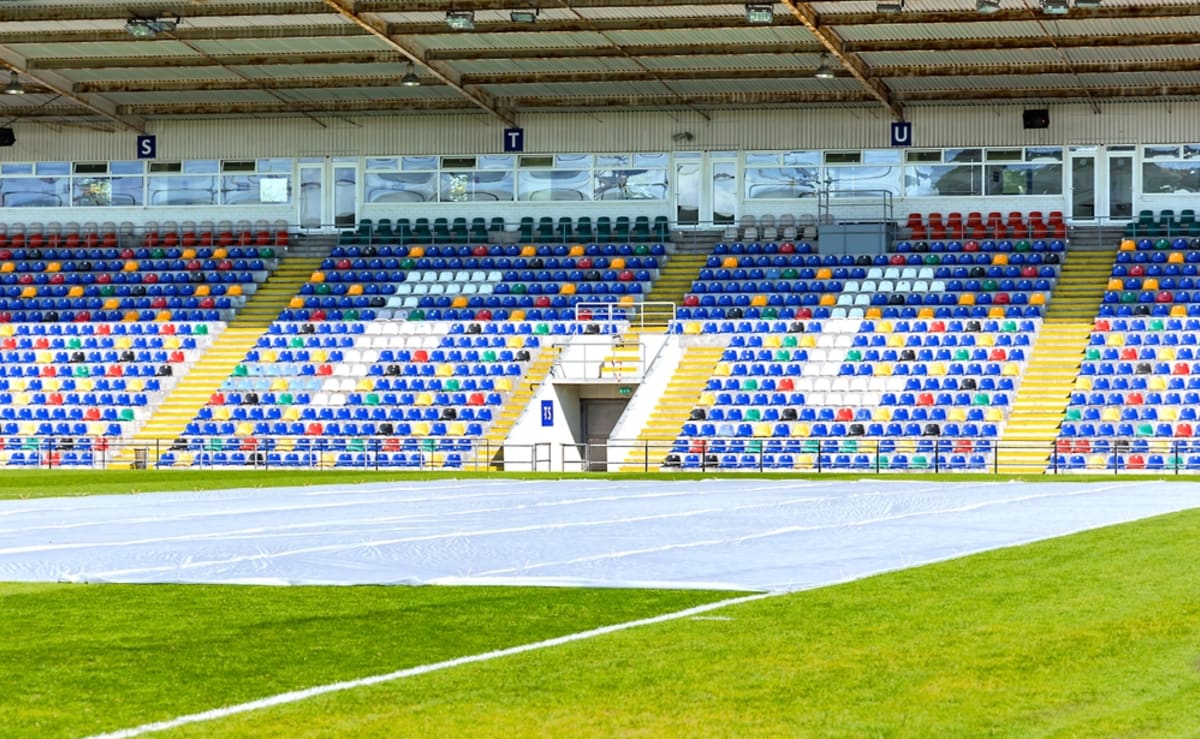
Skonto Stadium
Skonto Stadium, located in the heart of Riga, stands as a testament to Latvia's love of sports, particularly football. It is the home ground for the Riga FC and has also hosted numerous international matches. Built in 2000, it was the largest stadium in the Baltic states until 2011 and can accommodate up to 9,500 spectators. The arena is renowned for its electric atmosphere during matches, as the passionate fanbase heartily cheers on their team. The stadium has also been a venue for concerts, hosting a number of international stars over the years. A visit to Skonto Stadium offers the opportunity to soak up the vibrant sports culture of Latvia, and if timed right, catch a thrilling football match or a world-class concert.
